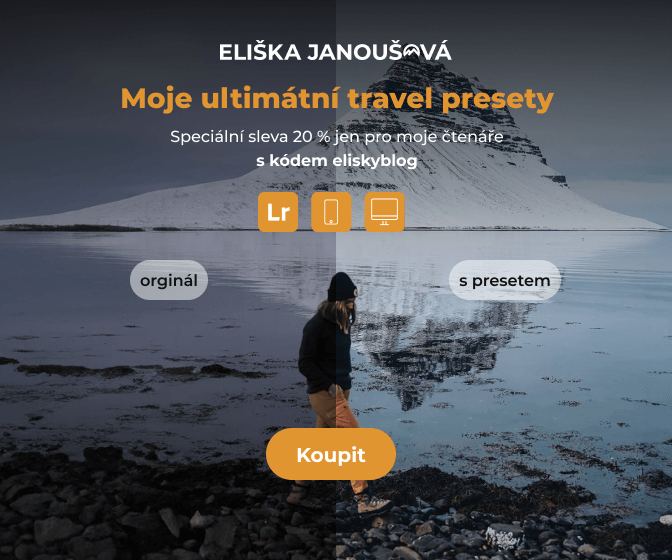Tenerife is a destination that surprised me a lot. I hadn’t been to any of the Canary Islands before and I didn’t have very high expectations. After all, these are the Canaries where you go to the sea in the summer. The Canaries that are just a stone’s throw away. I never dreamed I’d see places like Hawaii and Madeira.
You may ask why we chose Tenerife as the first Canary Island to go to. Because there was a direct flight there on the dates we wanted. All the other islands would be connecting. That’s the only reason.
It may be important to mention that this article is not about the most beautiful beaches, but about nature and hiking. After all, there are two types of people who go to Tenerife – the ones who come here to relax by the ocean and the hyperactive ones who feel the need to climb mountains all the time.
When to visit Tenerife?
Anytime! Really! We were here over Christmas and down by the coast the daytime temperature was pleasant 22-24°C. People were sunbathing on the beach and swimming in the sea and in the hotel pools. In the lower mountains (around 1,500-2,000m) it was sweatshirt weather, with temperatures not getting above 12-15°C during the day. And of course the highest mountain Teide is a special in every possible way, so the temperatures we experienced got to about -18°C (and 70 km/h winds) in the morning. Everything is open during the winter (unlike, say, southern Portugal), so you don’t have to worry about not finding accommodation or getting something to eat at a restaurant.
Where to stay in Tenerife?
I don’t really like this part because everyone has their own taste when it comes to what they consider great accommodation. My mom and I wanted to treat ourselves and, for once, skip camping in a tent. So, we went for a fancy four-star hotel in Puerto de la Cruz called Hotel AF Valle Orotava. But we also met plenty of people who were camping on Tenerife.
I also read on several websites that the north (where we stayed) is really windy, and it’s better to find accommodation in the south. Well, during the whole week we spent in the north, not a single leaf moved, so I’m not sure how true that really is.
Either way, it’s important to ask yourself whether you want to stay in one place and take day trips or move around and change accommodation every day. Since Tenerife is really small, I’d definitely go for the first option—staying in one spot. You can easily drive everywhere. You can circle the entire island in about 2.5 hours, and the longest drive we had to make for any destination was about 1.5 hours.





How long should you spend in Tenerife?
We spent exactly a week in Tenerife, and it felt way too short. Even though we got up at 6:30 every day and didn’t get back to the hotel until around 8 PM, we still couldn’t fit everything in. I think 10 to 14 days is ideal if you want to cover all the hikes, climb Mount Teide, and still have some time to relax by the sea.
And now, my favorite part—finally, the amazing spots and hikes! You can find all these places on Google Maps or Mapy.cz, so I’m not including coordinates. By the way, Mapy.cz worked great for hikes here too! Just don’t forget to download offline maps, as there’s not much signal in the inland areas.
Here’s how we divided up our week:
Day 1 – We drove around the entire island, stopping at coastal spots that didn’t require long hikes.
Day 2 – Santa Cruz de Tenerife (basically just for coffee and the Auditorium) and Anaga Park.
Day 3 – Montaña Negra (and that’s all we managed because it was pouring rain).
Day 4 – Teide National Park.
Day 5 – Anaga Park.
Day 6 – Sunrise hike at Teide + the remaining spots in Teide National Park.
Day 7 – Relaxing by the pool.
And how about those 20 top places to see? Here we go!
1 Roque de Taborno
Length: 4 km (loop)
Terrain: Easy
Route: HERE
The hike around Roque de Taborno was hands down the most beautiful hike on all of Tenerife, and if you can only choose one trek, make it this one. It starts in Taborno, a small mountain village in Anaga Park, and takes you around Tenerife’s very own Matterhorn—which, surprisingly, isn’t even the highlight of this hike. Right at the halfway point, you suddenly find yourself on a high cliff with a breathtaking view of the entire coastline, which strikingly resembles the Nā Pali Coast on the Hawaiian island of Kauai (seriously, Google it!). And when the clouds start swirling—sometimes above your head, other times below your feet—it turns into such an epic scene that you’ll start Googling houses for sale on Tenerife.
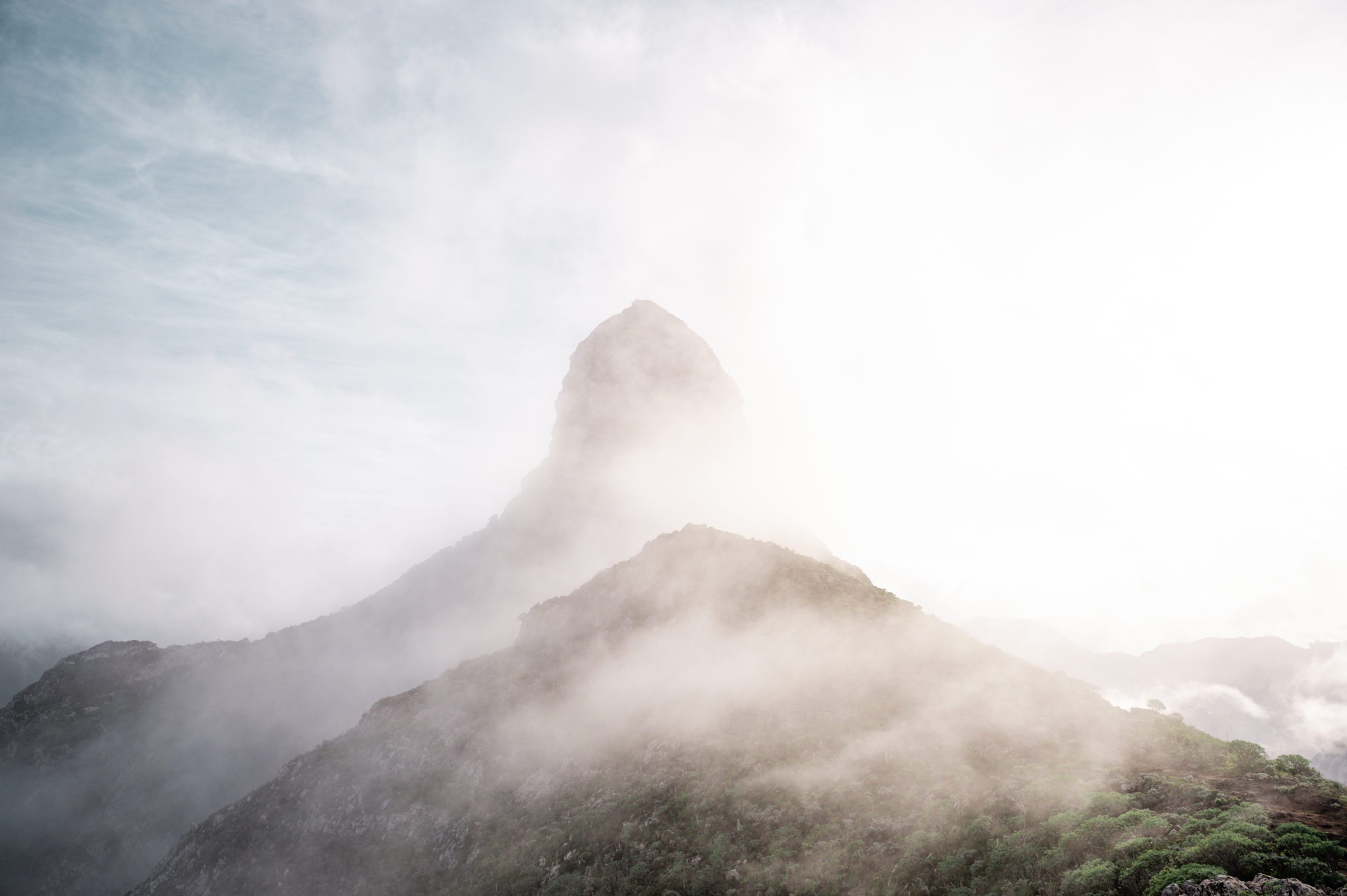












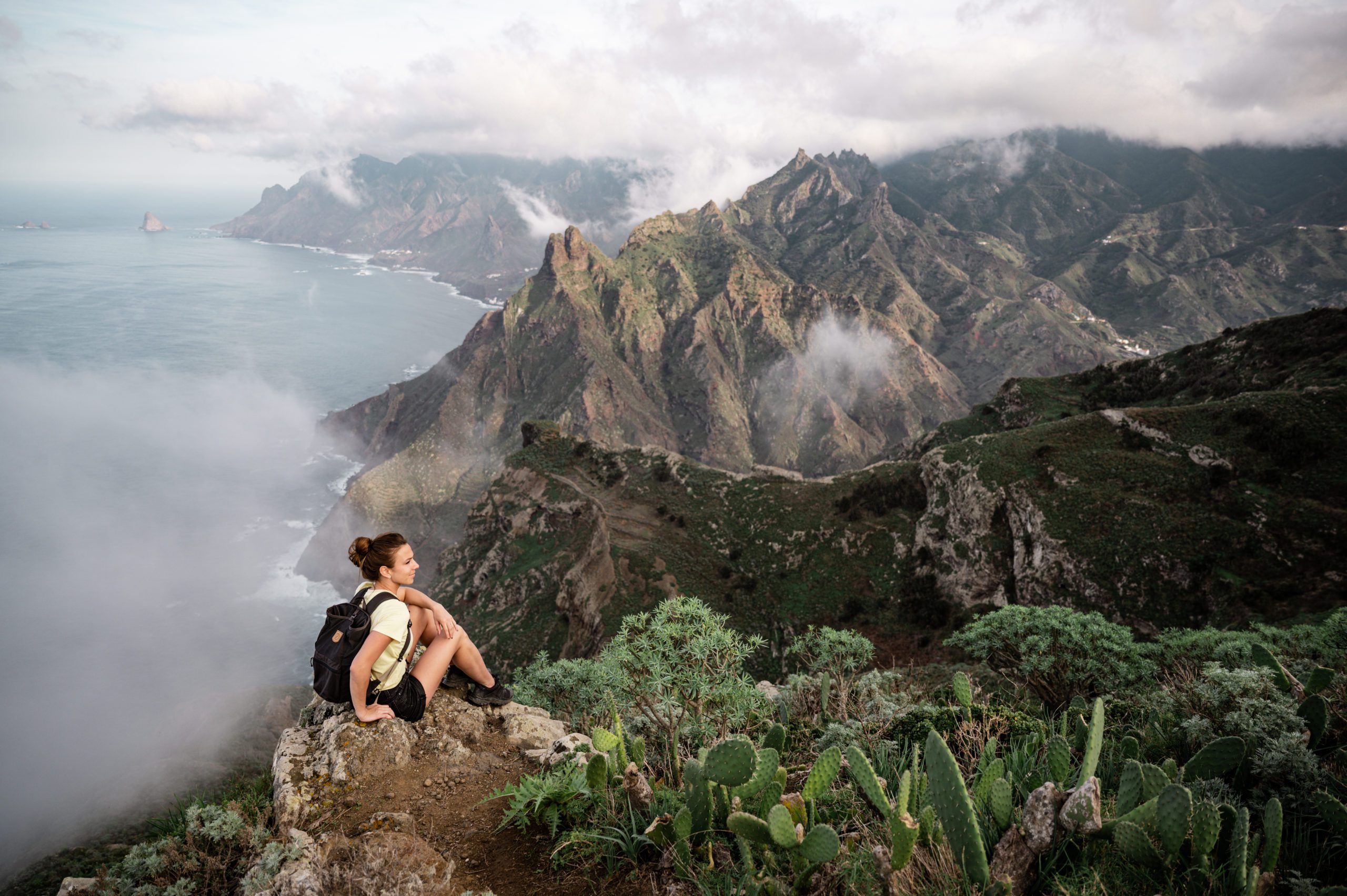








2 Pico de Teide
Length: 18.8 km (round trip)
Terrain: Very challenging
Route: HERE
Important! Starting November 2024, new regulations apply for climbing Teide compared to 2023! You now need a permit even for a sunrise hike! Check their official website for all the details.
Teide is the highest mountain in all of Spain and an absolute must-do. It’s no walk in the park, and you’ll probably feel like your soul is leaving your body at some point, but the feeling of standing at the summit, looking out over the entire island, is priceless.
There’s also a cable car that takes you up part of the way, so you might wonder—why not just take that? The answer is simple: because the cable car doesn’t take you all the way to the summit. It stops about 150 vertical meters below the top. Sure, you’ll still get amazing views from the upper station, but do you really want to tell your friends you didn’t reach the summit—and worse, that you took the cable car? 😅
Permit? I don’t have one!
Climbing Teide comes with an extra challenge—due to restrictions on the number of visitors, you need a permit to reach the summit. The permit is free, but it’s usually booked out months in advance since only 200 are issued daily. If you can’t get one, your only option is to hike for the sunrise. Rangers check permits at the upper cable car station, so if you’re planning a sunrise hike, you need to be past the gate at the station before 9:00 AM. That’s when the park rangers arrive on the first cable car.
Many people hike up Teide and take the cable car down because the terrain is really tough. The problem is, on your way up, it’s pitch black, so you miss all the stunning views. And if you take the cable car down, you’ll completely miss out on the beauty of the trail. Plus, even though the cable car is supposed to operate year-round, it doesn’t run half the time due to strong winds.
We thought we’d take the cable car down too, but by 9:45 AM, it still wasn’t running. We gave up and hiked all the way back down, so I’d recommend not relying on it. Winds at the summit are often over 80 km/h, so check the conditions beforehand, or you might literally get blown away. As for the temperature—don’t be fooled. Yes, you’re in the Canary Islands, but on the morning of December 24th, the sunrise on Teide came with a freezing -18°C (felt like -25°C with the icy wind). Snow above 3,000 meters is also pretty common.
Catching the sunrise on Teide comes with one more huge reward. From the summit, you’ll see the longest shadow in the world, cast by Teide itself over the Atlantic Ocean and even onto the neighboring island of La Palma. It stretches 200 km!

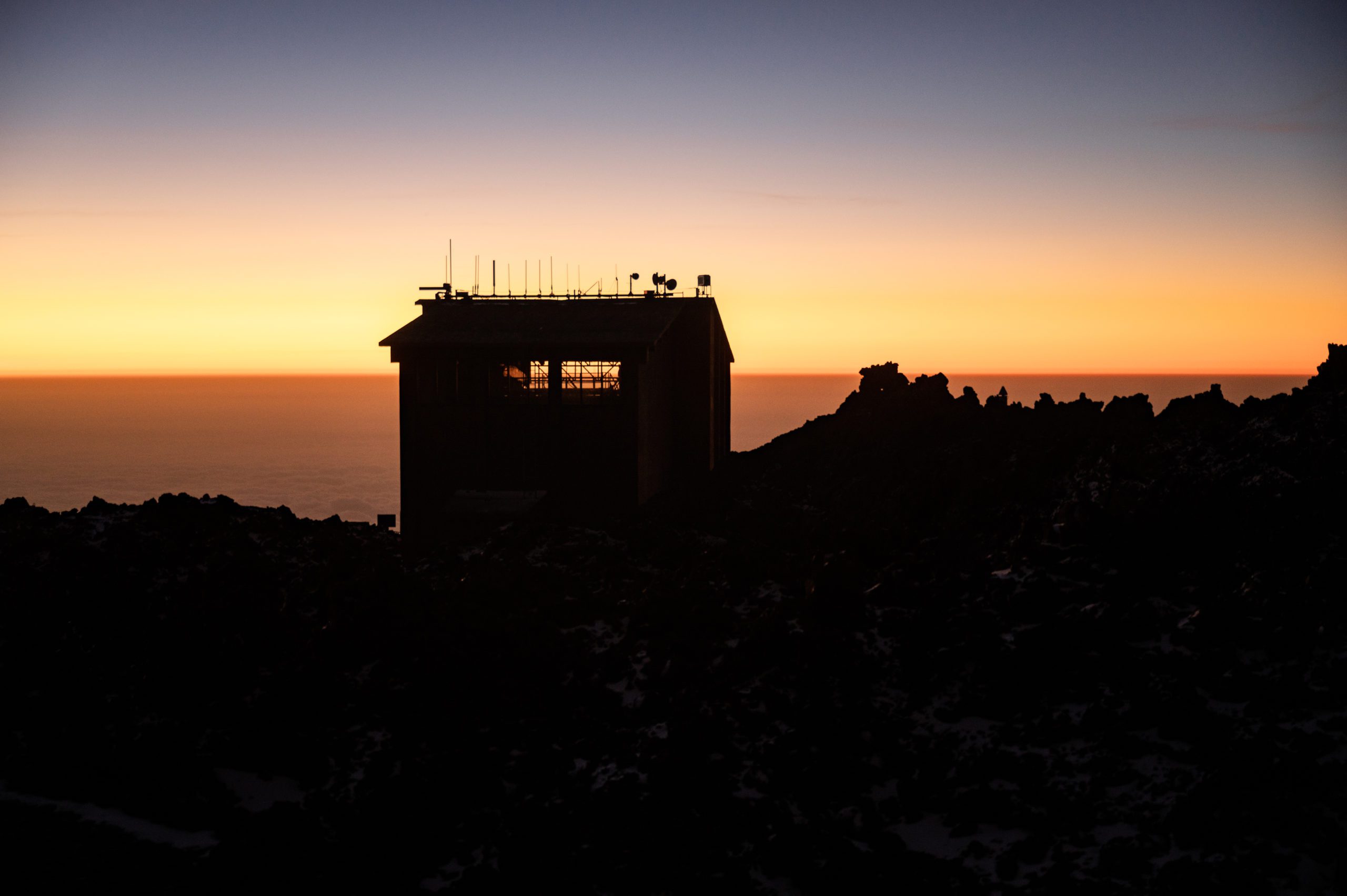
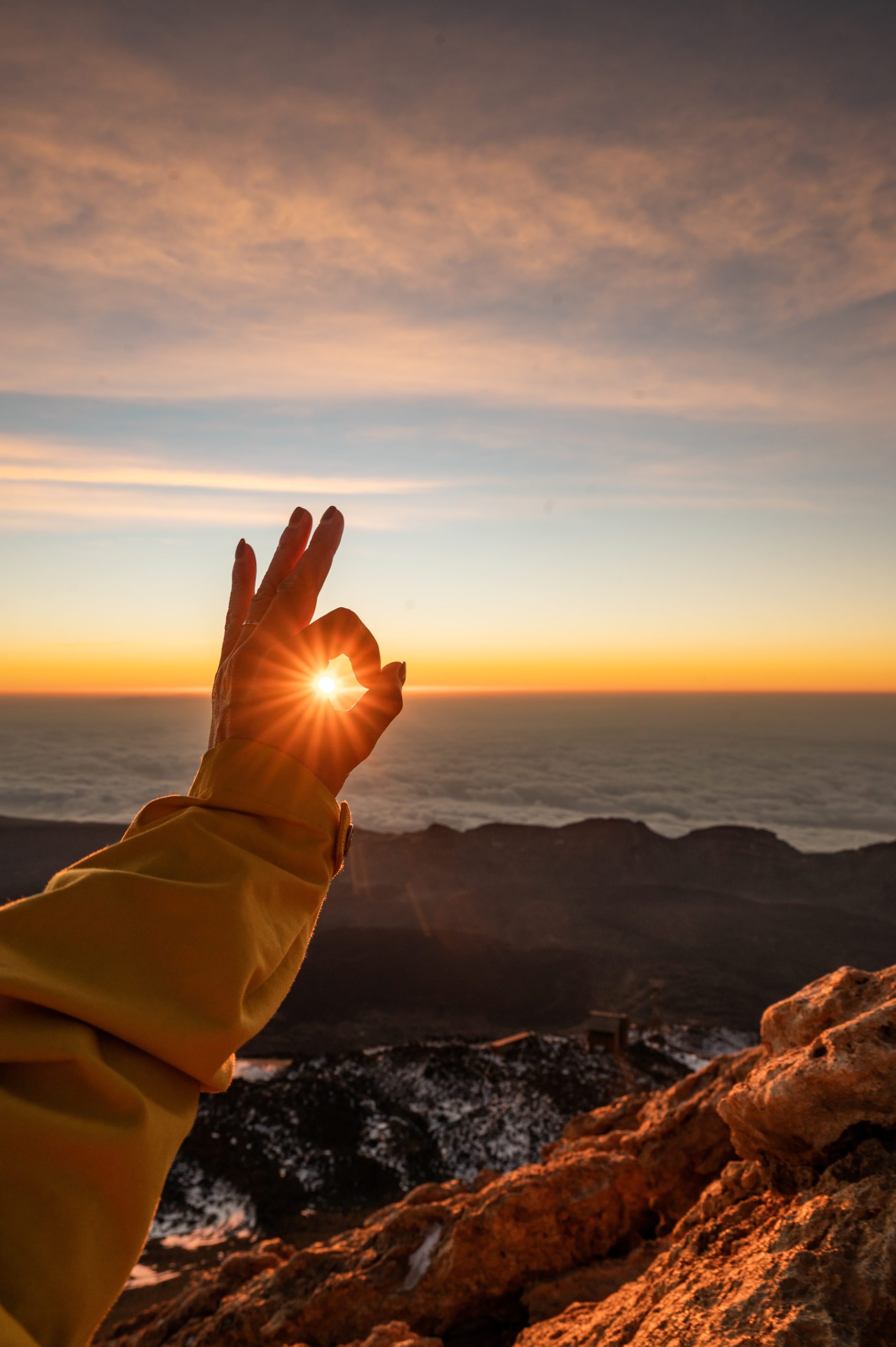



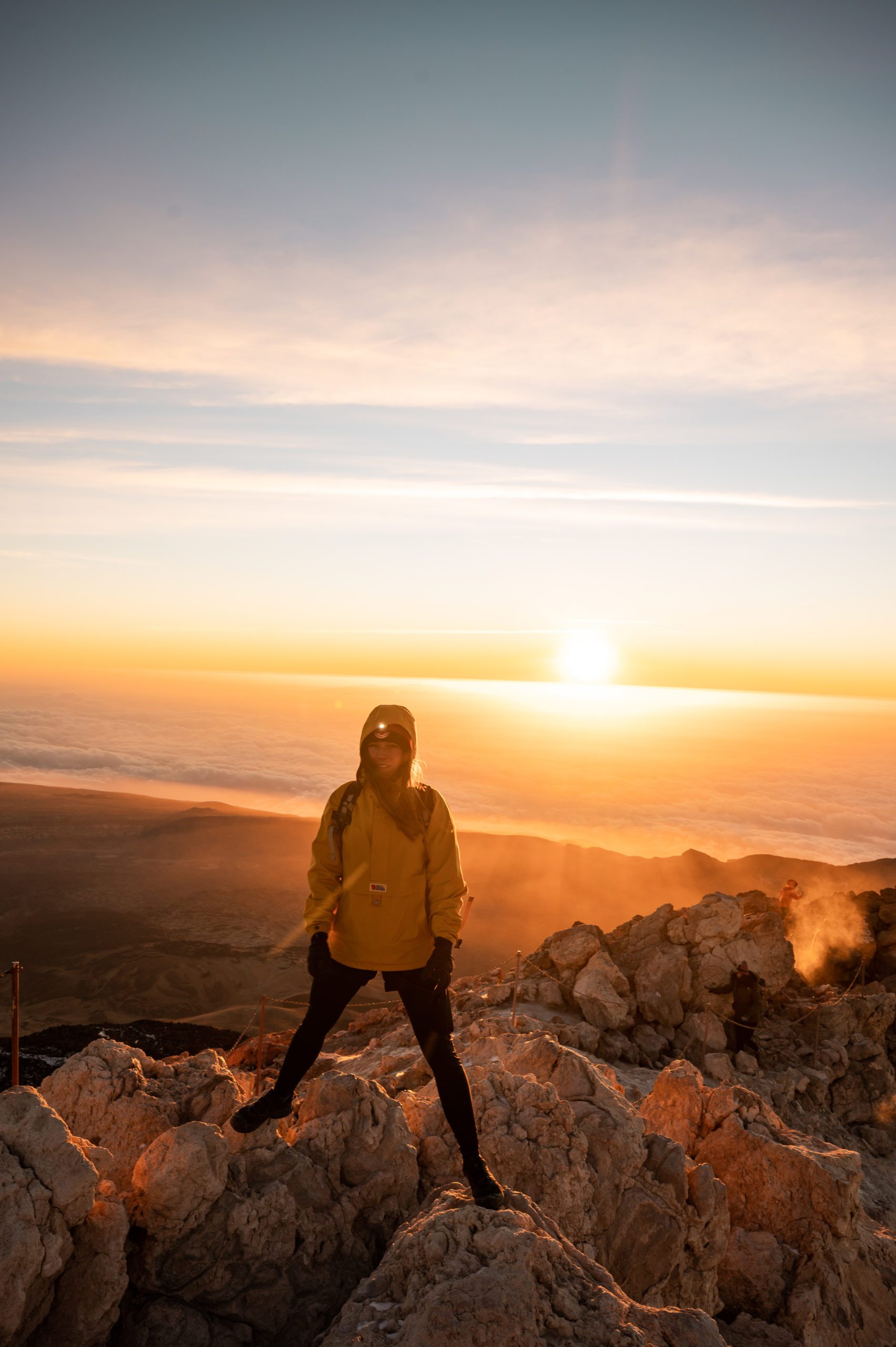



How did it go for us?
We left the hotel around 1:00 AM. We parked at a small lot near Montaña Blanca, which holds about 8 cars. I’d heard from many people that even by 2 AM, this tiny roadside parking area is usually full—turns out there are quite a few crazy people hiking up for sunrise. If it’s full, you’ll have to park at Mirador de Tabonal Negro, which adds about 1 km to your hike in each direction.
Luckily, we managed to get a spot, and there were even two spaces left. By 2:00 AM, we started hiking, and around 6:00 AM, we stopped at Rifugio Altavista, which was, of course, closed. Thankfully, there was a room without a door where we could shelter from the wind, which was starting to pick up. By 7:00 AM, we reached the upper cable car station and found a random utility closet with brooms where we hid from the wind—someone must have forgotten to lock it.
The cold was insane, but knowing we only had 120 vertical meters left kept us going. We reached the summit just five minutes before sunrise, cutting it super close. But at least we didn’t have to freeze at the top for too long—any longer, and I’m not sure I’d have made it!
Even though I knew Teide was a volcano, I was still surprised by the little “smoky vents” coming from the mountain. My mom and I snapped our traditional Christmas Eve selfie and hurried back down because our fingers were completely numb in our thin gloves.
On the way down, we passed a group of half-collapsed French hikers we had overtaken earlier near Altavista. A rescue helicopter was on its way for them. A quick glance at their cotton sweatpants and Nike sneakers pretty much explained the situation.
They say it everywhere, but the hike is genuinely tough, so please don’t underestimate it and make sure you’re well-prepared. Bring enough water, and wear proper clothing and shoes! 😊
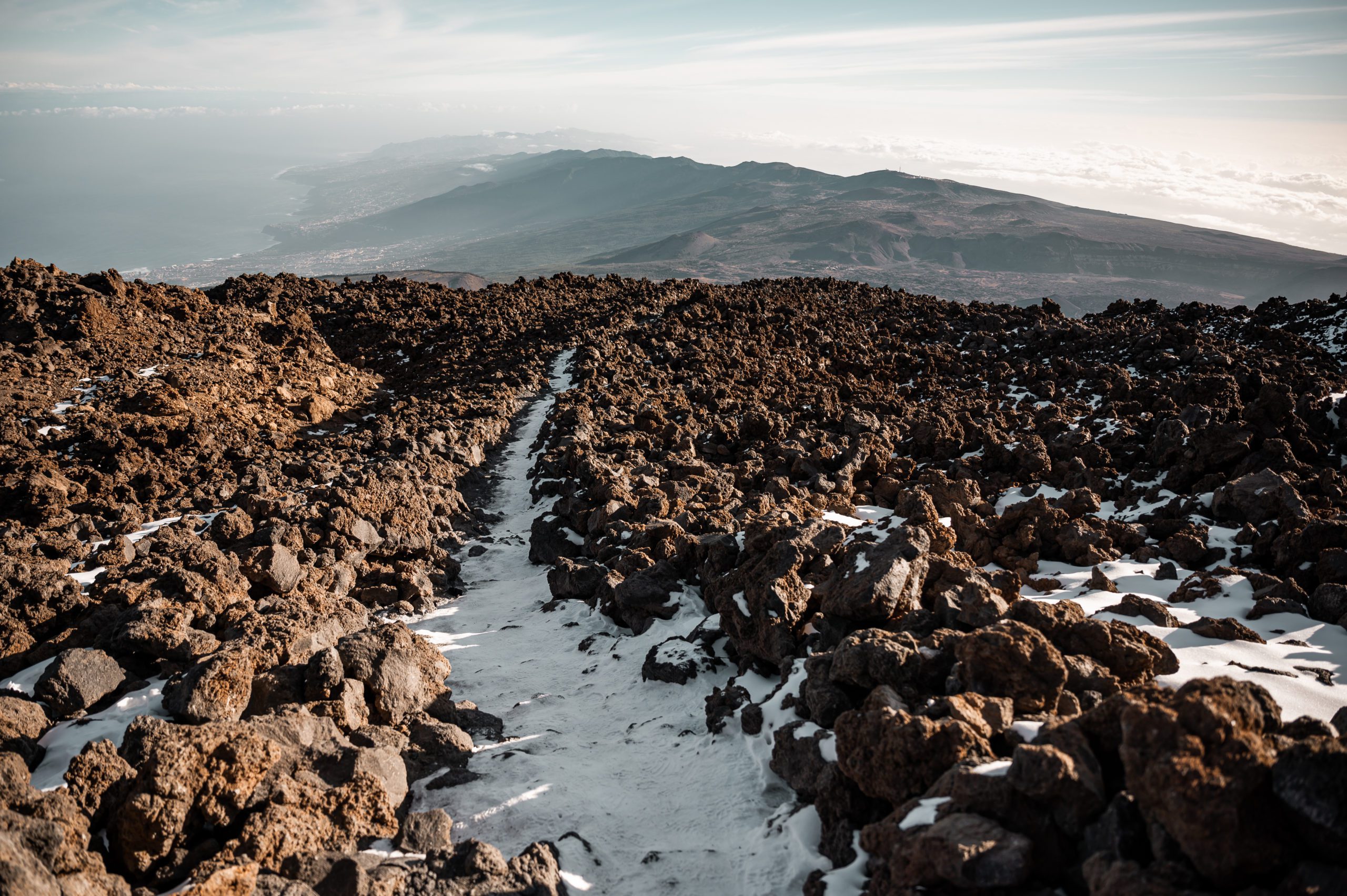





3 Roque Cinchado & Roques de García
Length: 3.8 km (loop)
Terrain: Easy
Route: HERE
Roque Cinchado is a unique rock formation often referred to as the “Finger of God.” Right behind it towers Teide, creating a stunning photographic composition. Most people just walk to the viewpoint and back, but I highly recommend doing the full loop called Roques de García. It’s 3.8 km long and gives you views of all the rock formations from every angle.
Keep in mind that Roque Cinchado is probably the most popular attraction in Teide National Park, so finding parking around midday can be a challenge. And even if you do park, you’ll likely be squeezing past dozens of other visitors between the rocks. Try to get there by 9 AM or, better yet, walk the loop at sunset like we did—it’s magical!
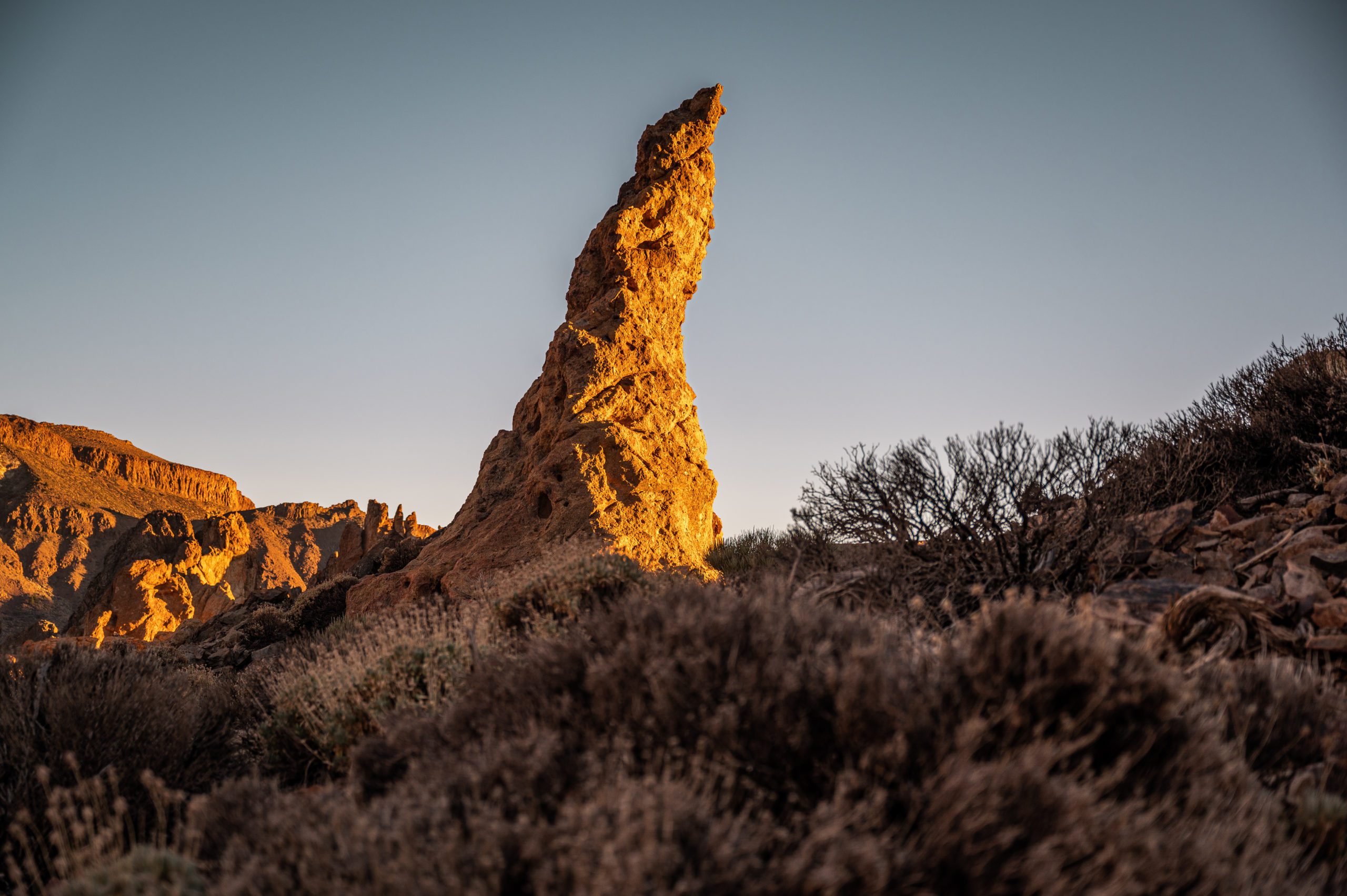



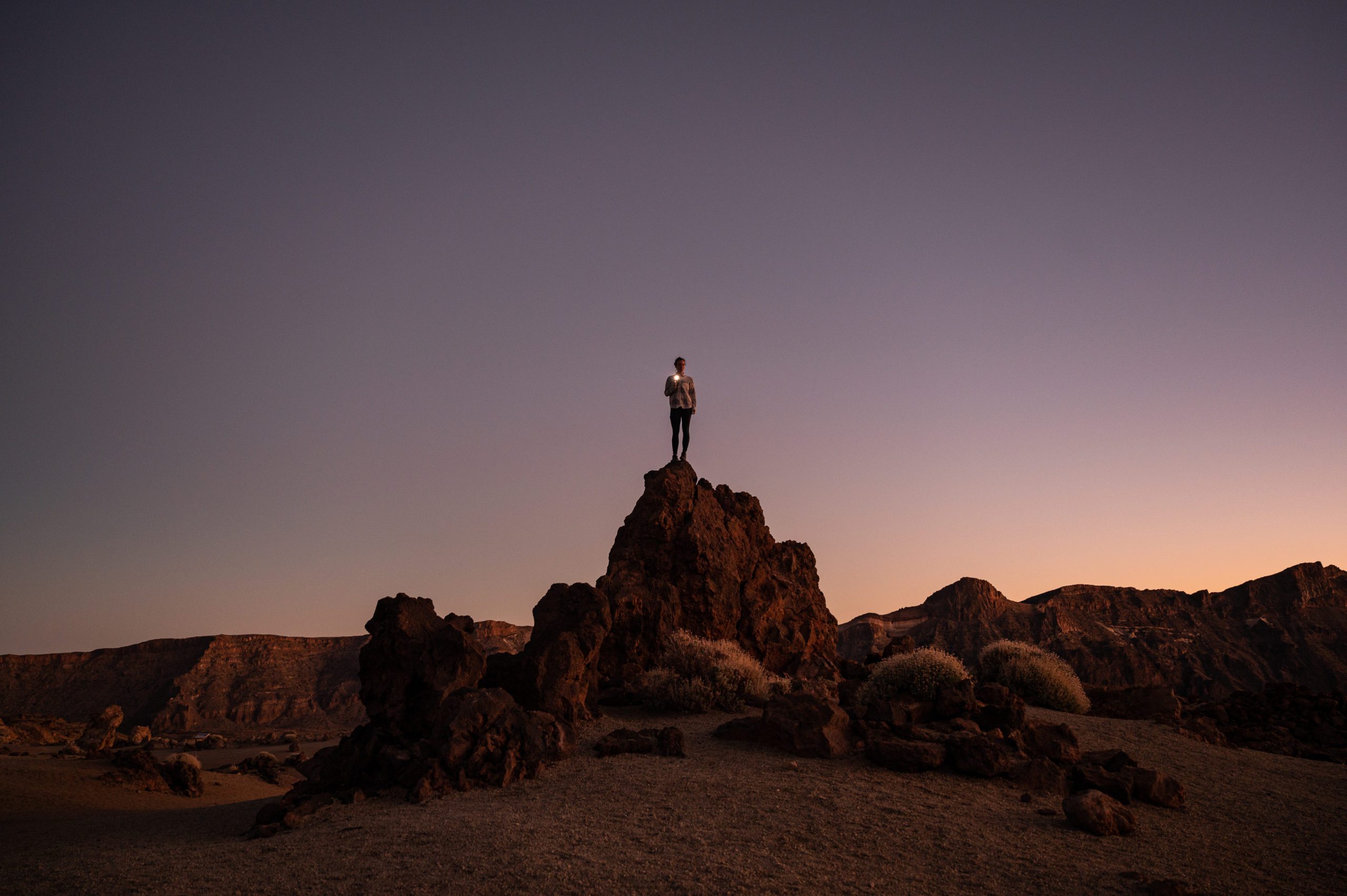












4 Arco de Tajao
Even though Arco de Tajao is the largest natural rock arch in Tenerife, surprisingly, not many people know about it, so you’re unlikely to run into a crowd here. Unfortunately, the area is marred by unsightly power plants, factories, utility poles, and a highway that runs right next to the arch.
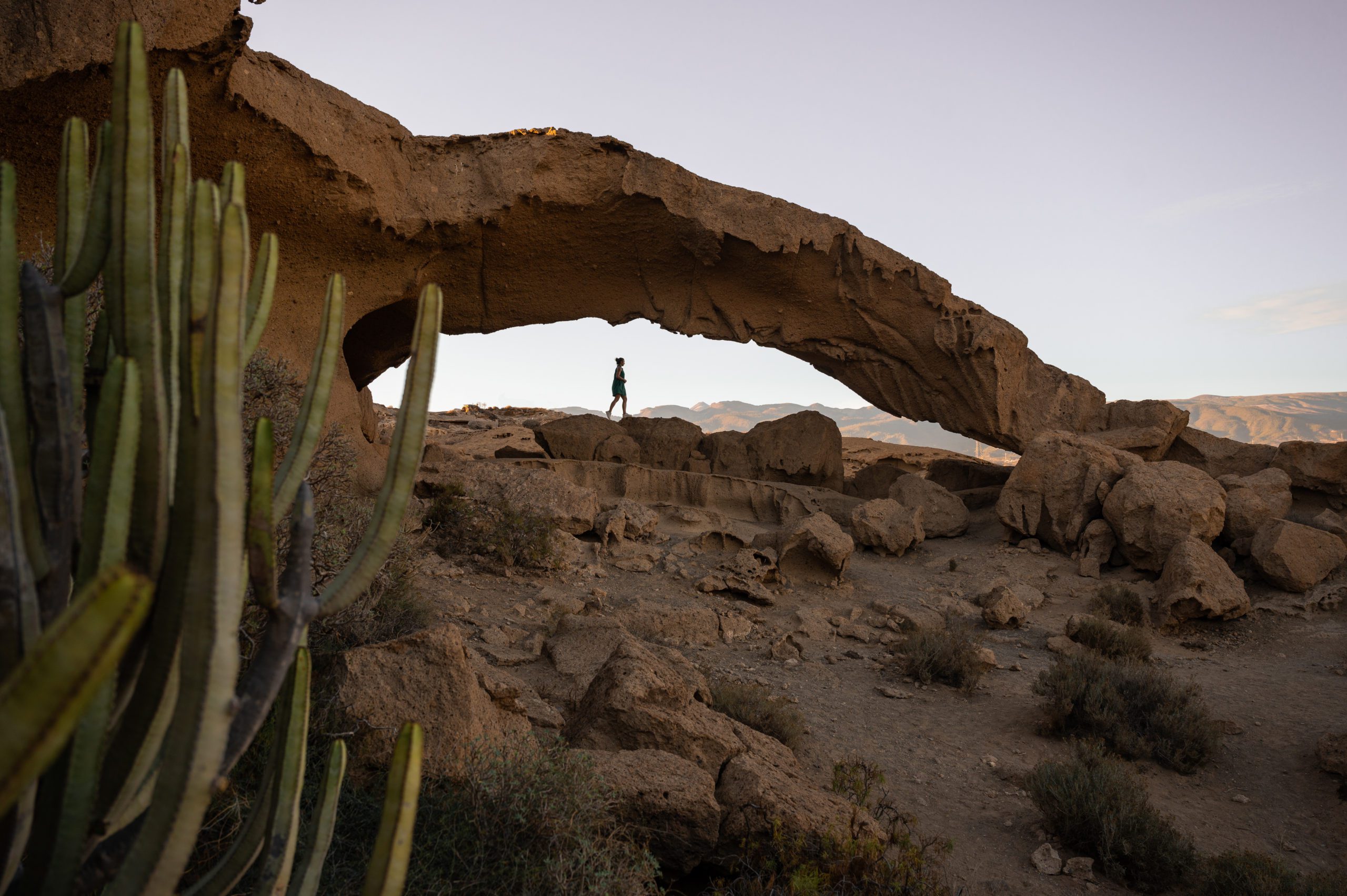








5 Sendero de los Sentidos
Length: 1.3 km (loop)
Terrain: Easy
Route: HERE
Sendero de los Sentidos, or the “Path of Senses,” is a short trek through a fairytale-like forest in Anaga Natural Park, located on the easternmost tip of Tenerife. Why the “Path of Senses”? Along the trail, you’ll notice wooden signs with pictures of an eye, nose, or ear—little reminders to experience nature with all your senses.
This area is often shrouded in mist, which gives the dark forest a dramatic vibe. However, the high humidity also makes the paths muddy, so it’s definitely not the place for white sneakers. After just one kilometer, we had mud practically everywhere—even behind our ears! 😊
You can park at the Cruz del Carmen visitor center, but be aware that it often fills up quickly during the day (and there’s nowhere else to park), so try to arrive in the morning. We spent about 20 minutes circling around before squeezing into a tiny two-meter spot. There are three routes here, and “Trazado 1” is the shortest, just 200 meters one way. The other two are loops, so you won’t be retracing your steps. We chose the “Trazado 3” loop, which is about 1.4 km in total.
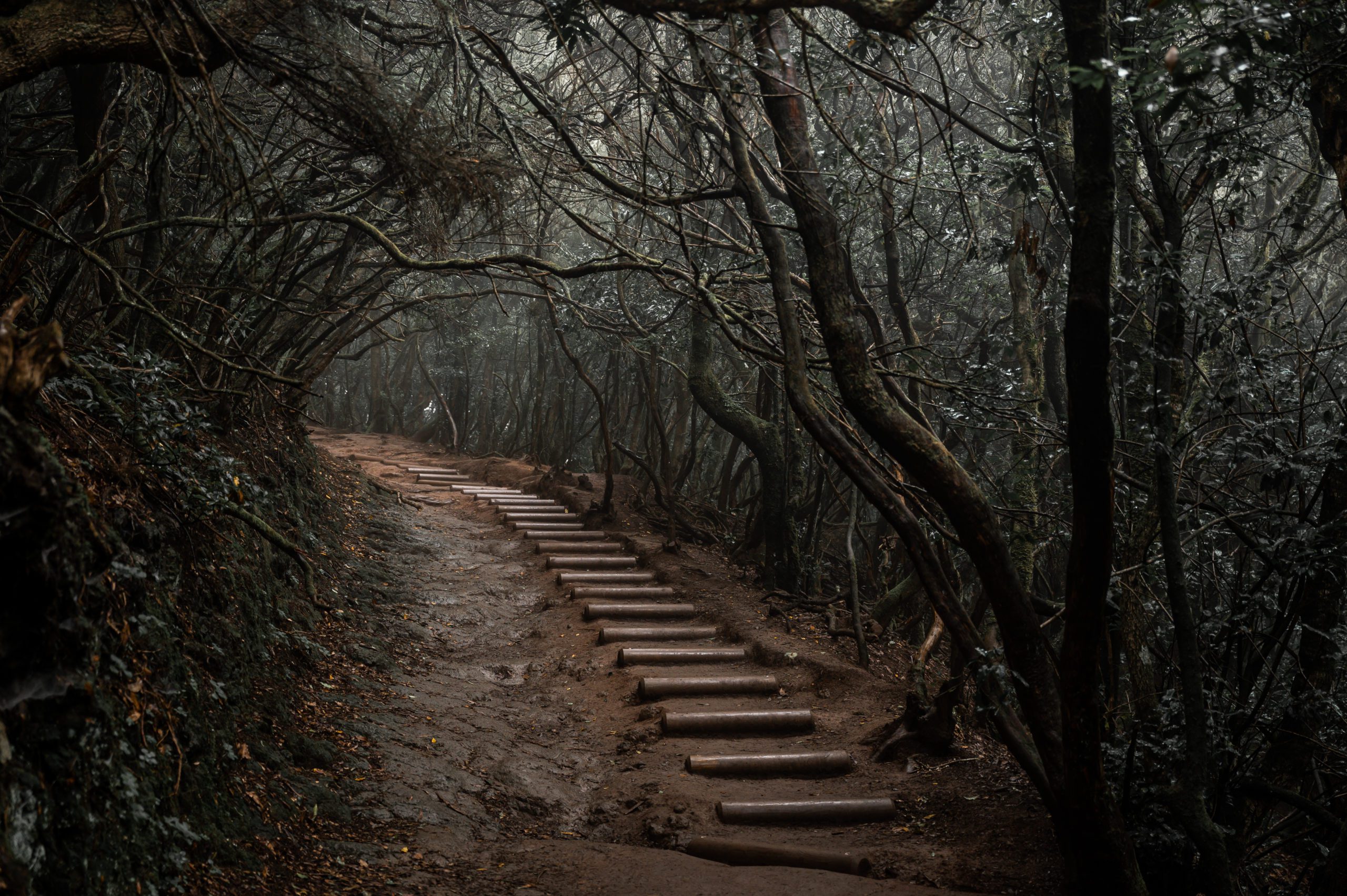









6 Mirador Cabezo del Tejo
Length: 6.9 km (loop)
Terrain: Challenging
Route: HERE
For stunning views, you have to venture into the depths of Anaga Natural Park. Between the villages of Chamorga and Benijo, there are countless viewpoints, so it doesn’t really matter which marked trail you choose. We opted for a trail starting right in Benijo that takes you through Cruz del Draguillo and nearly to the summit of Cabezo del Tejo, where there’s a beautiful viewpoint.
If you’re not a fan of retracing your steps, you can turn the hike into a loop, which is marked on the route map. Just make sure to start with the PR-TF 6.3 trail (go counterclockwise for the loop). The path through El Draguillo is a brutal uphill slog on tough terrain with no views at all since it’s entirely in the forest—so save that for the way back.





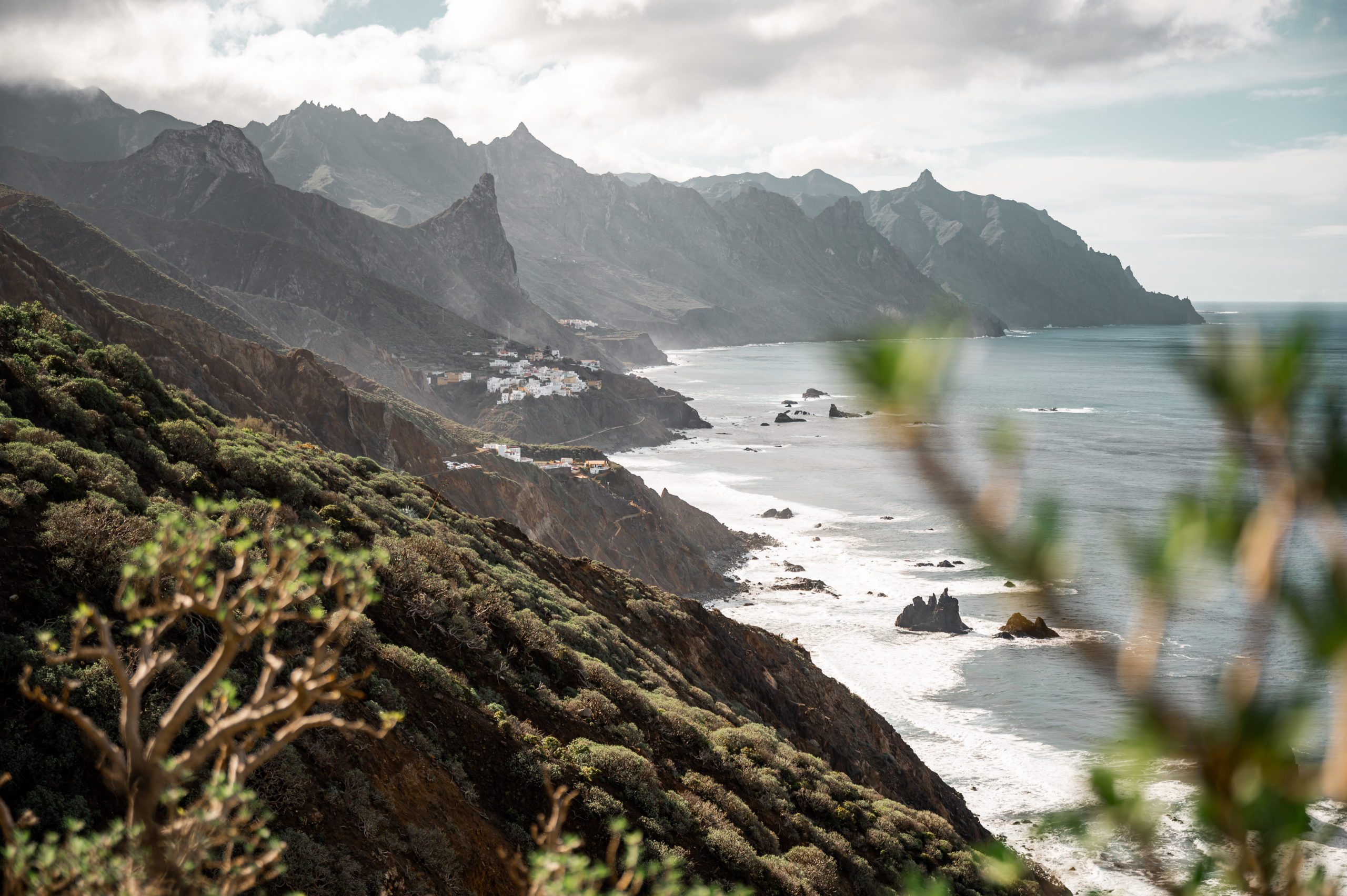





7 Paisaje Lunar
Length: 8.2 km (loop)
Terrain: Moderate difficulty
Route: HERE
Paisaje Lunar, or the “Moon Landscape”, is a spot that feels completely out of place in Tenerife’s usual scenery. Located at an altitude of nearly 1,900 meters, it’s a small “rock city” made up of unique tuff formations. Tuff is a type of rock formed from volcanic ash that was ejected during an eruption and gradually solidified over time. To me, it looks a lot like the Ritten Earth Pyramids in Italy.
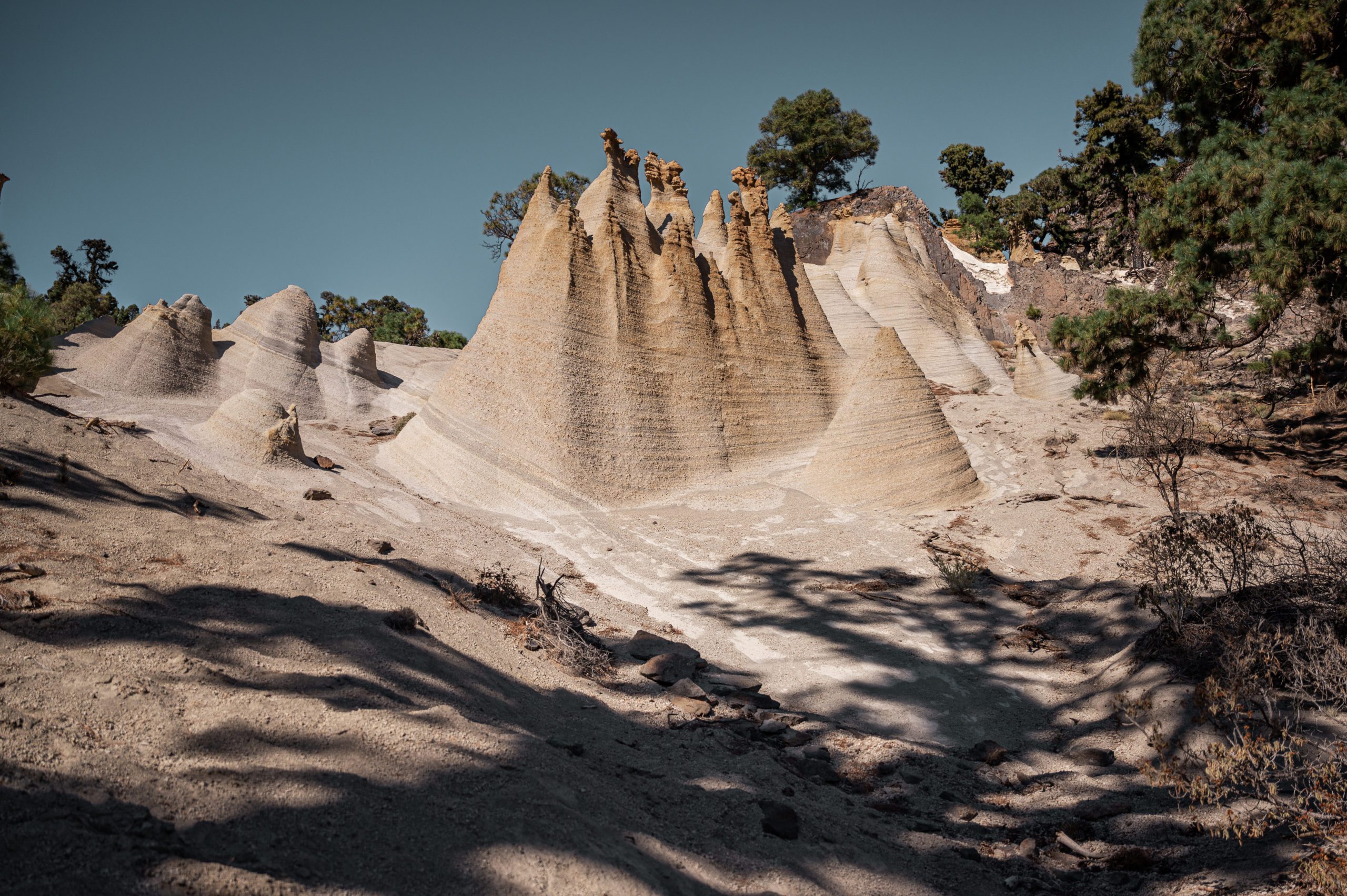








8 Auditorio de Tenerife
Modern architecture is my thing, so we couldn’t miss the auditorium in the capital city. Honestly, I can confidently say it’s the most beautiful building I’ve ever seen. While it might not seem like it at first glance, it’s an incredibly complex structure with carefully designed sightlines, stunning details, and a hand-laid mosaic covering the entire exterior. No wonder—it was designed by the renowned Spanish architect Santiago Calatrava.
During our visit, we only got to see the main hall on the ground floor, which also features a cross-section of a small model of the building. The model really highlights the complexity of the design, which carries through to the interior as well.
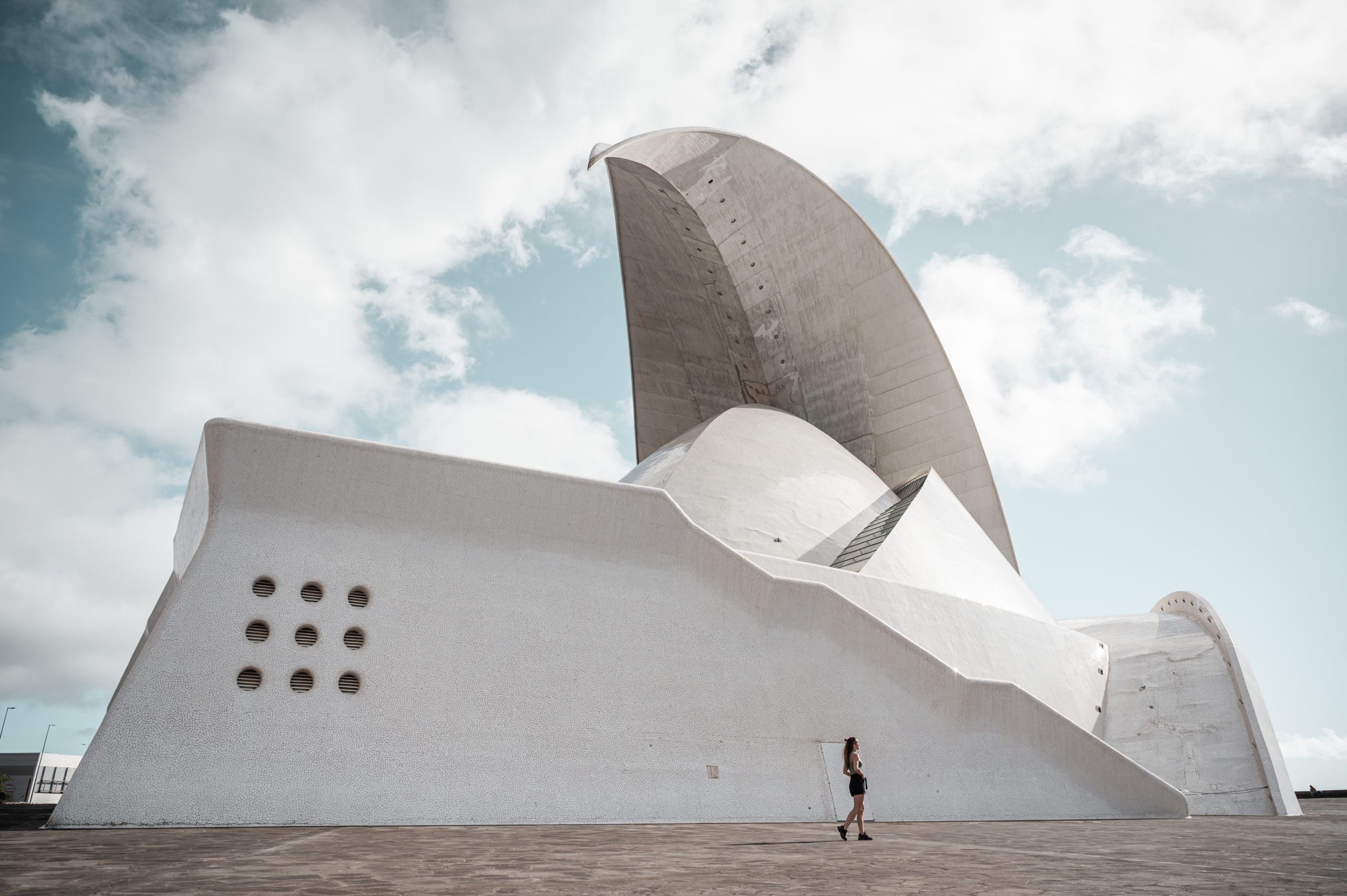
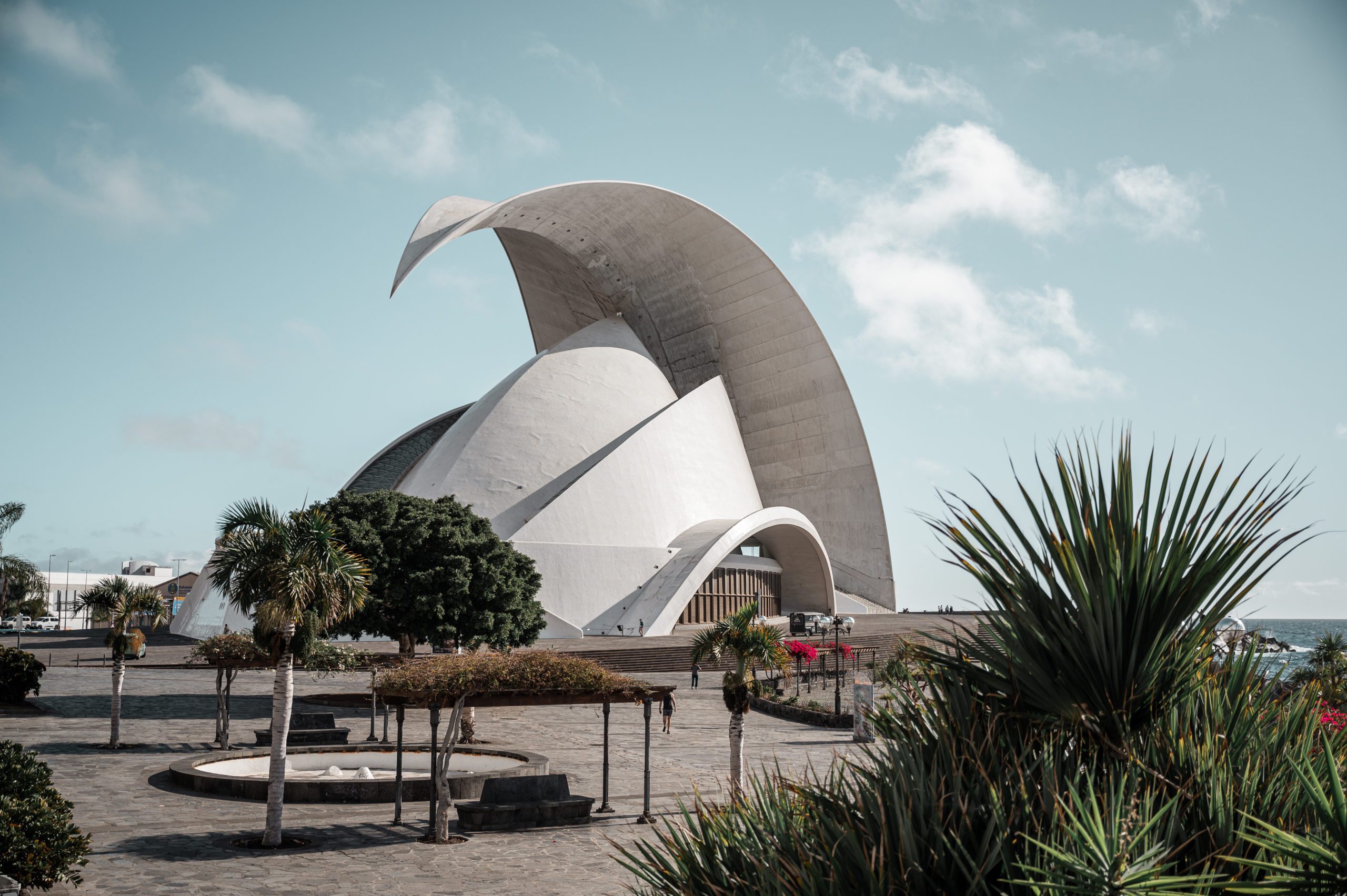













9 Masca
Masca is a tiny village nestled in the middle of towering mountain ranges. A few white houses sit just below an iconic rocky outcrop. From here, a stunning 4-kilometer trail takes you through the Masca Gorge all the way to a beach near the massive cliffs of Los Gigantes. Unfortunately, we had to skip the hike because we weren’t dressed or equipped properly. At least we explored the village itself, running down into it and checking out every corner.
Since 2021, entry to the Masca Gorge is regulated, and you’ll need to make a reservation on the official website. Entry is free, but spots often get booked up more than a month in advance.
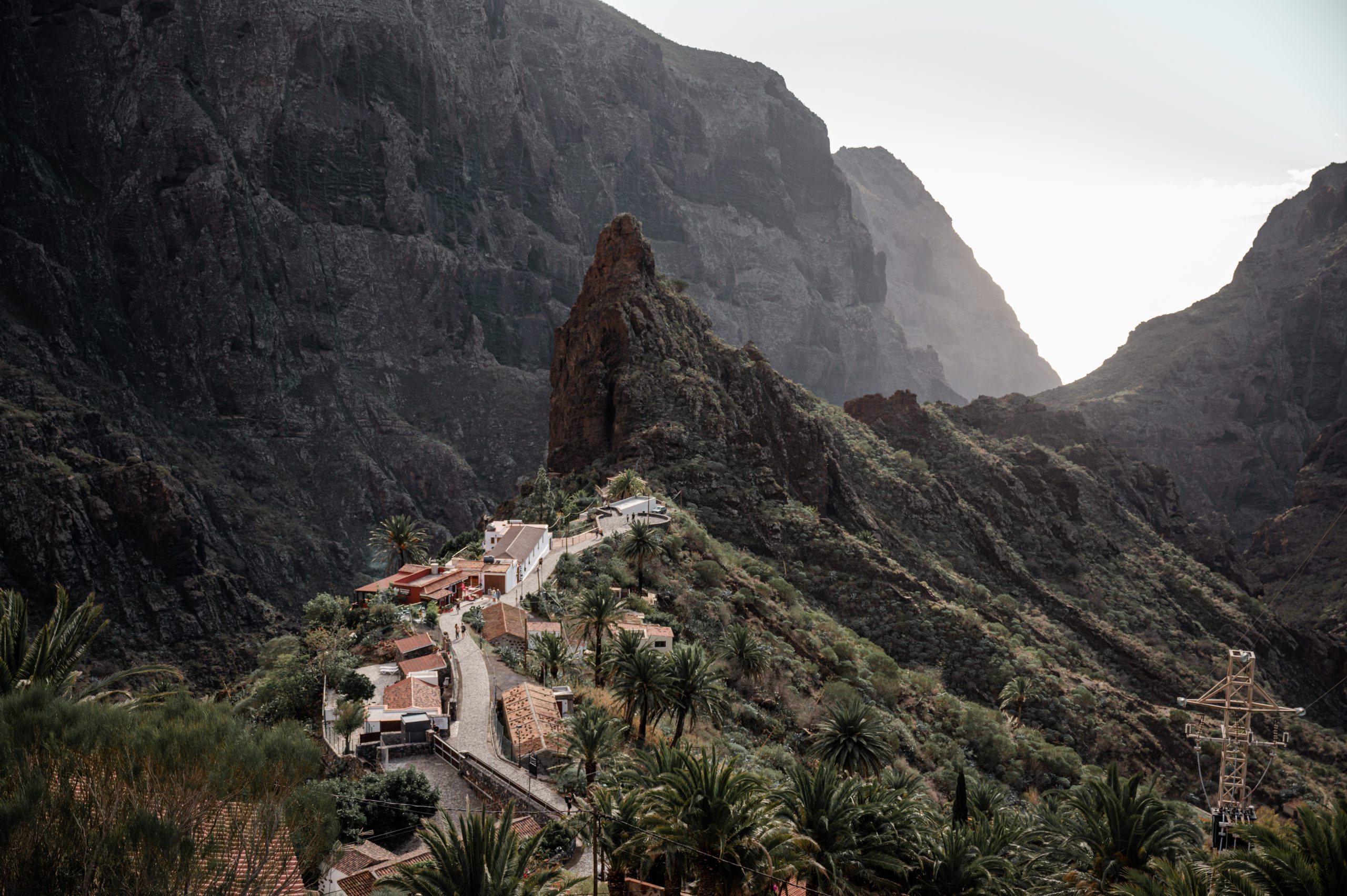

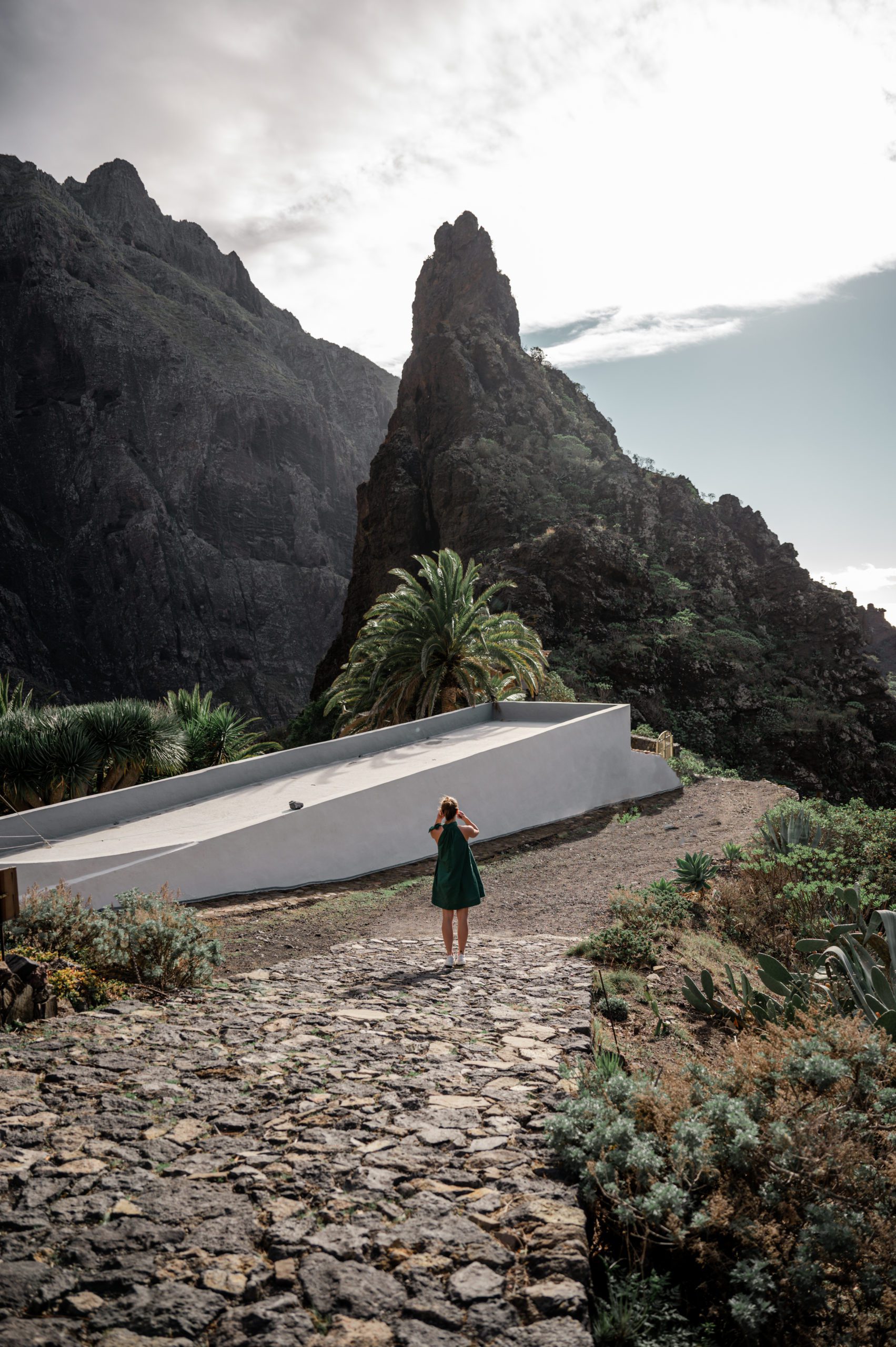


10 Montaña Negra
Trail length: 4.5 km (loop)
Terrain: Moderate difficulty
Route: HERE
The loop around Montaña Negra is a hike where you won’t run into another soul—which I honestly can’t understand because we were absolutely mesmerized! The entire trail winds through a black-and-brown volcanic landscape dotted with striking yellow-green pine trees peeking through here and there. And the cherry on top? Stunning views of Teide, which feels incredibly close from here.
The loop is 4.5 km long and partly follows a marked yellow trail, while other sections are on unmarked paths that occasionally disappear—a sure sign that not many people take this route.
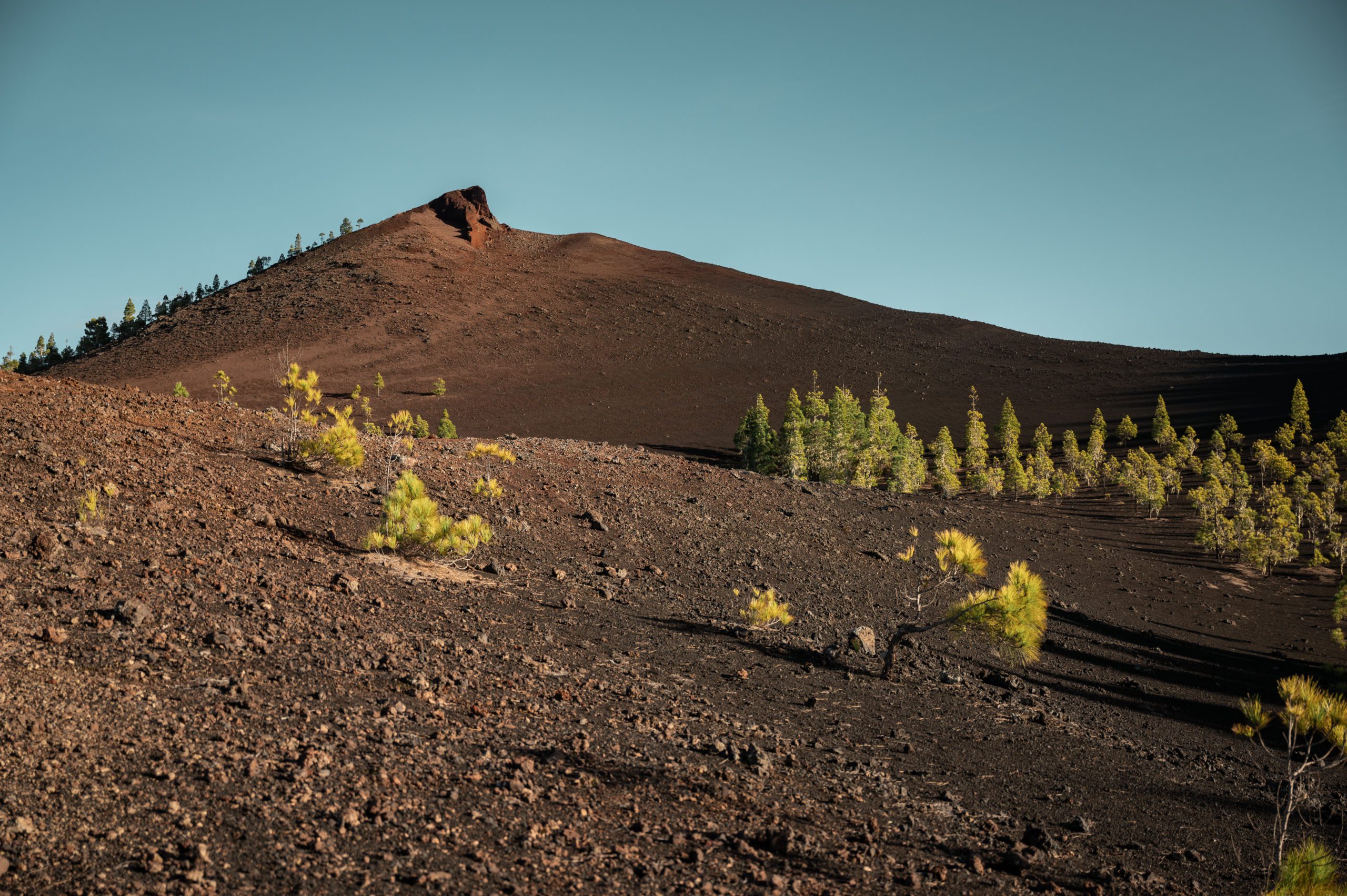











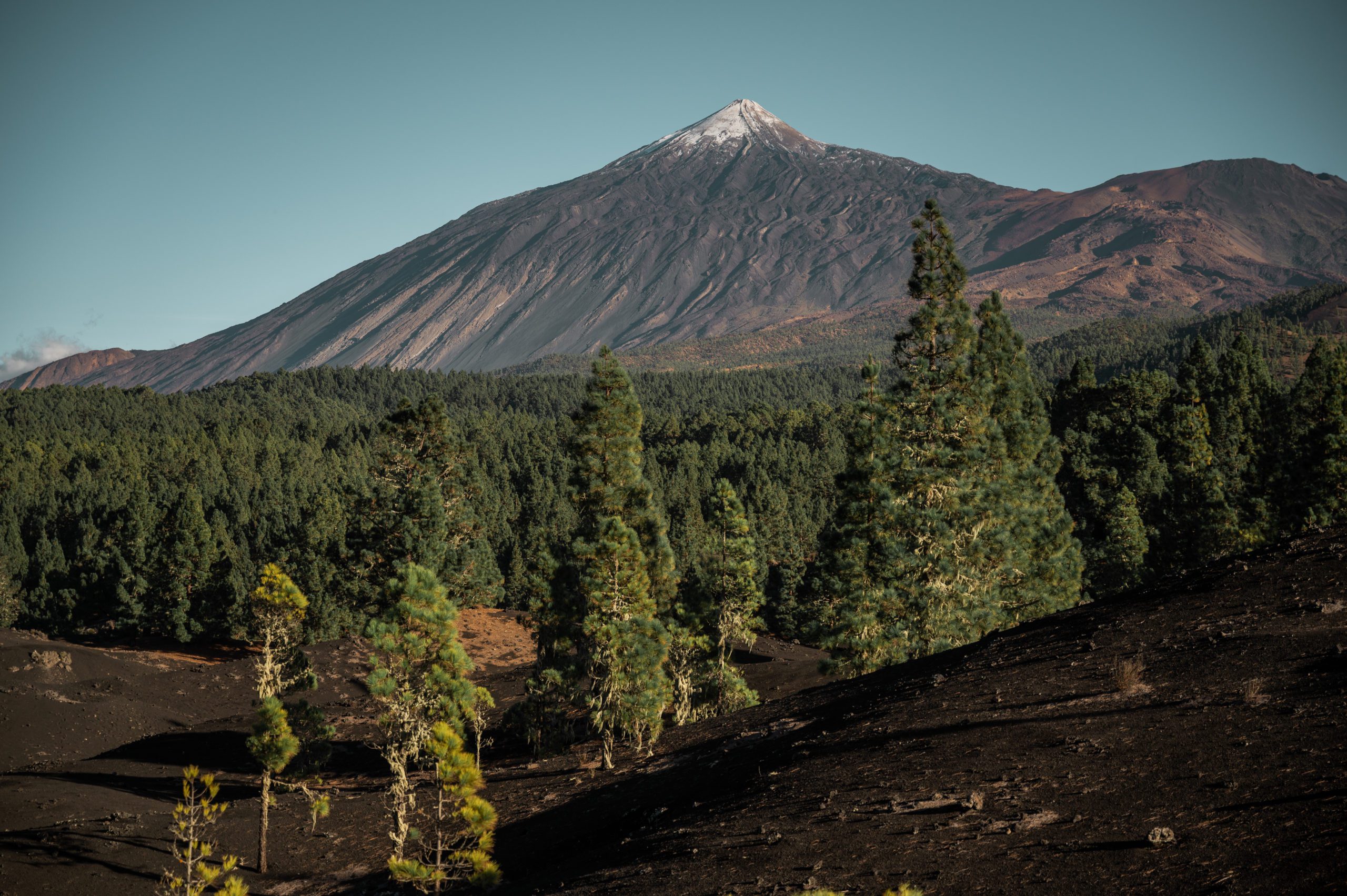
11 Punta del Hidalgo lighthouse
Here we go again with modern architecture. Surprisingly, Tenerife has quite a lot of it. The lighthouse at Punta del Hidalgo is one of those stunning structures that’s definitely worth a visit. And if you catch it at sunset, it makes for a lovely walk along the coast (unless you’re sprinting to catch the perfect light for a photo 😅). The only downside is the nearby plantation with its unsightly nets.
Even though it might look accessible by car on the map, you can’t drive right up to the lighthouse. You’ll need to park on Camino La Costa street, from where it’s about a 700-meter walk to the lighthouse.
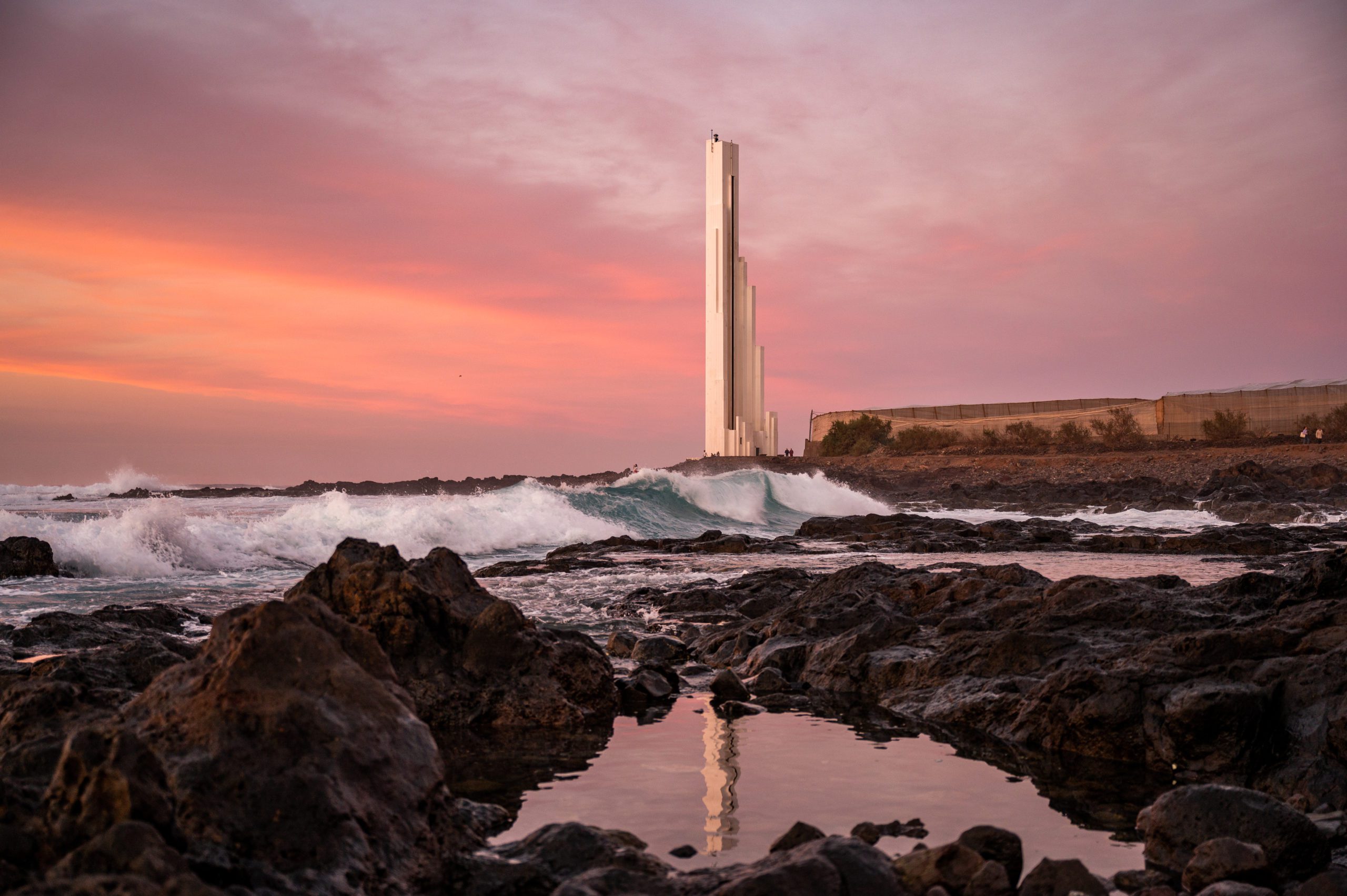






12 Mirador Altos de Baracán
Tenerife is full of miradors, or viewpoints. You’ll pass countless ones on every road, and I’ll mention them several more times in this article, but Mirador Altos de Baracán instantly took our breath away. This was the first time I thought, “Wow, Tenerife really is a lot like Hawaii.”
The viewpoint is located at a mountain pass where you can either park easily or take a short walk. I highly recommend stopping at all the miradors you come across on this mountain road—each one offers something special!
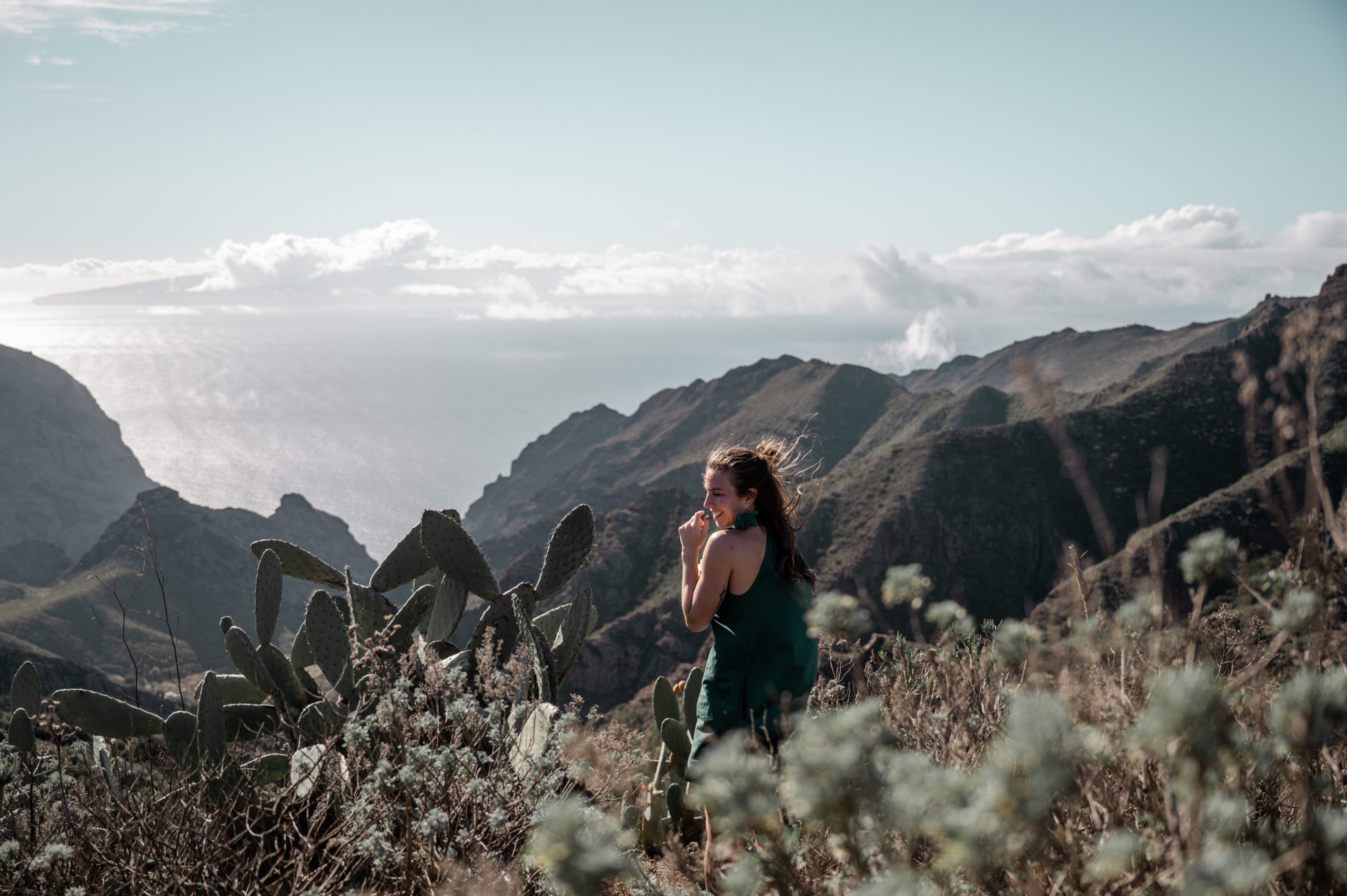





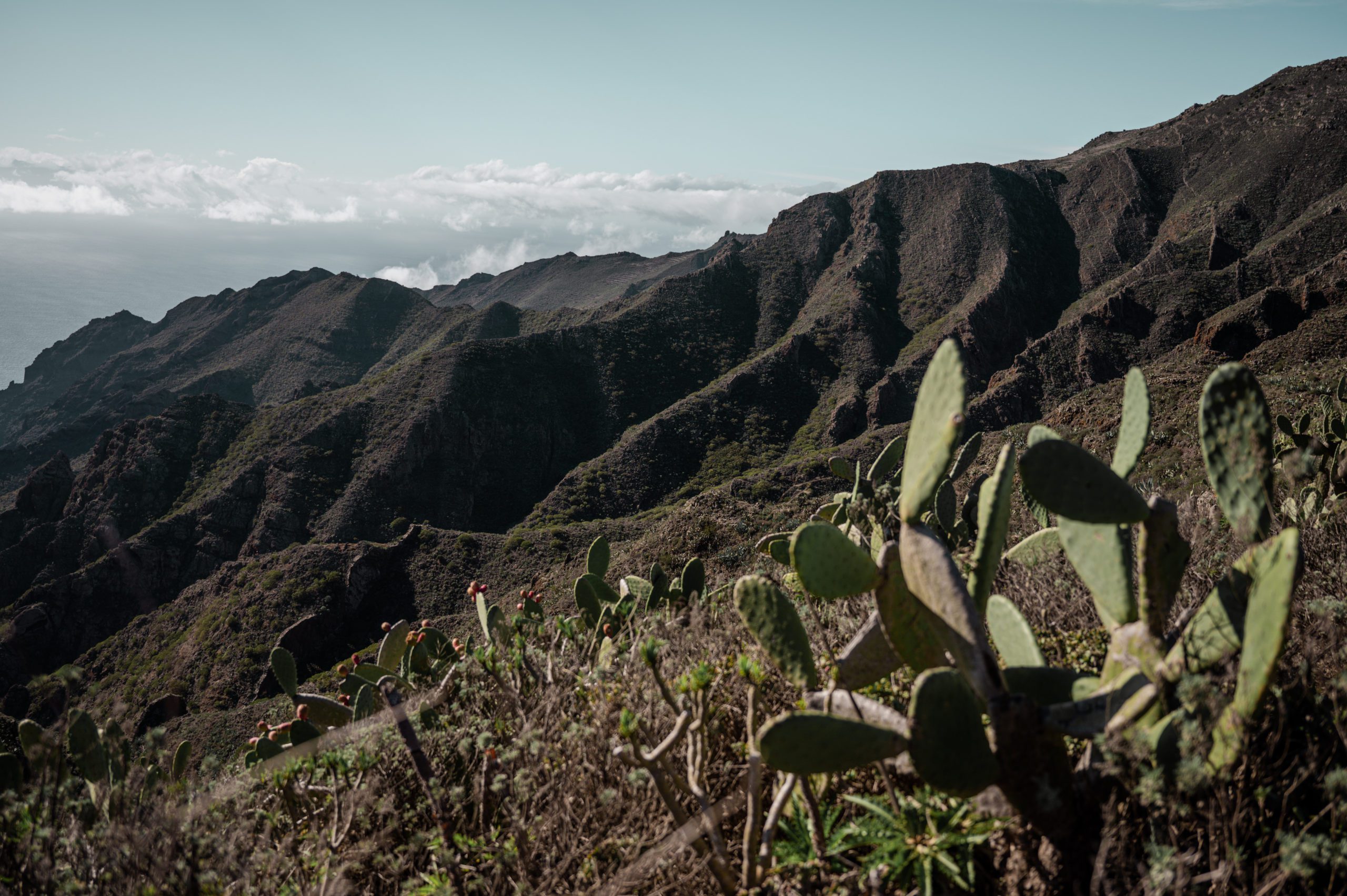








13 Charco De La Laja
Tenerife has plenty of natural pools—depressions in the rock that fill with ocean water as the waves crash in. You can swim in them, and they’re incredibly photogenic. We visited three in total, and this one was by far the most beautiful.
You can park at the top of the cliff and take a set of stairs down to the pool. Entry is at your own risk, as the sign warns, so if the waves are big, it’s better not to try it at all.
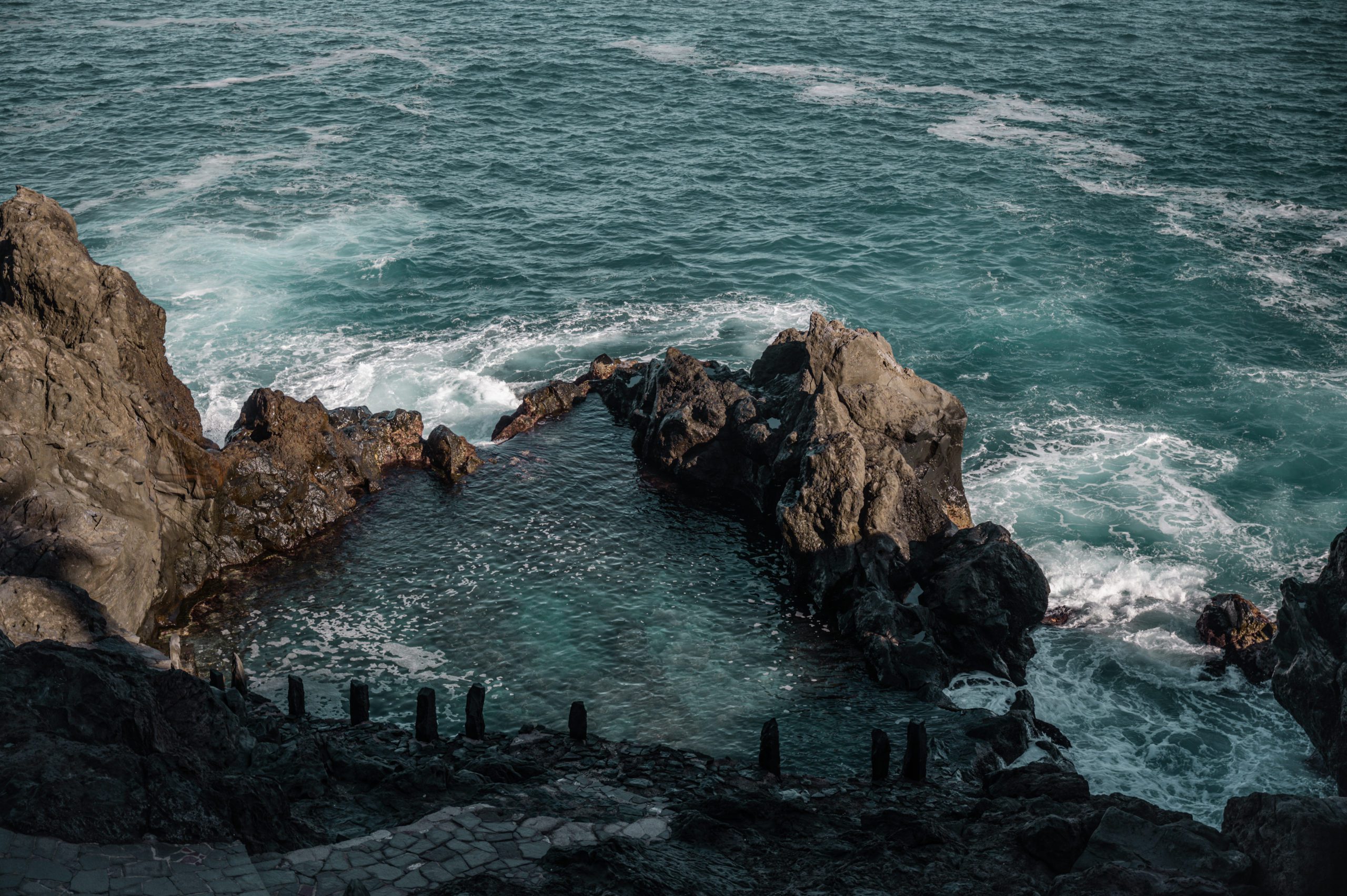
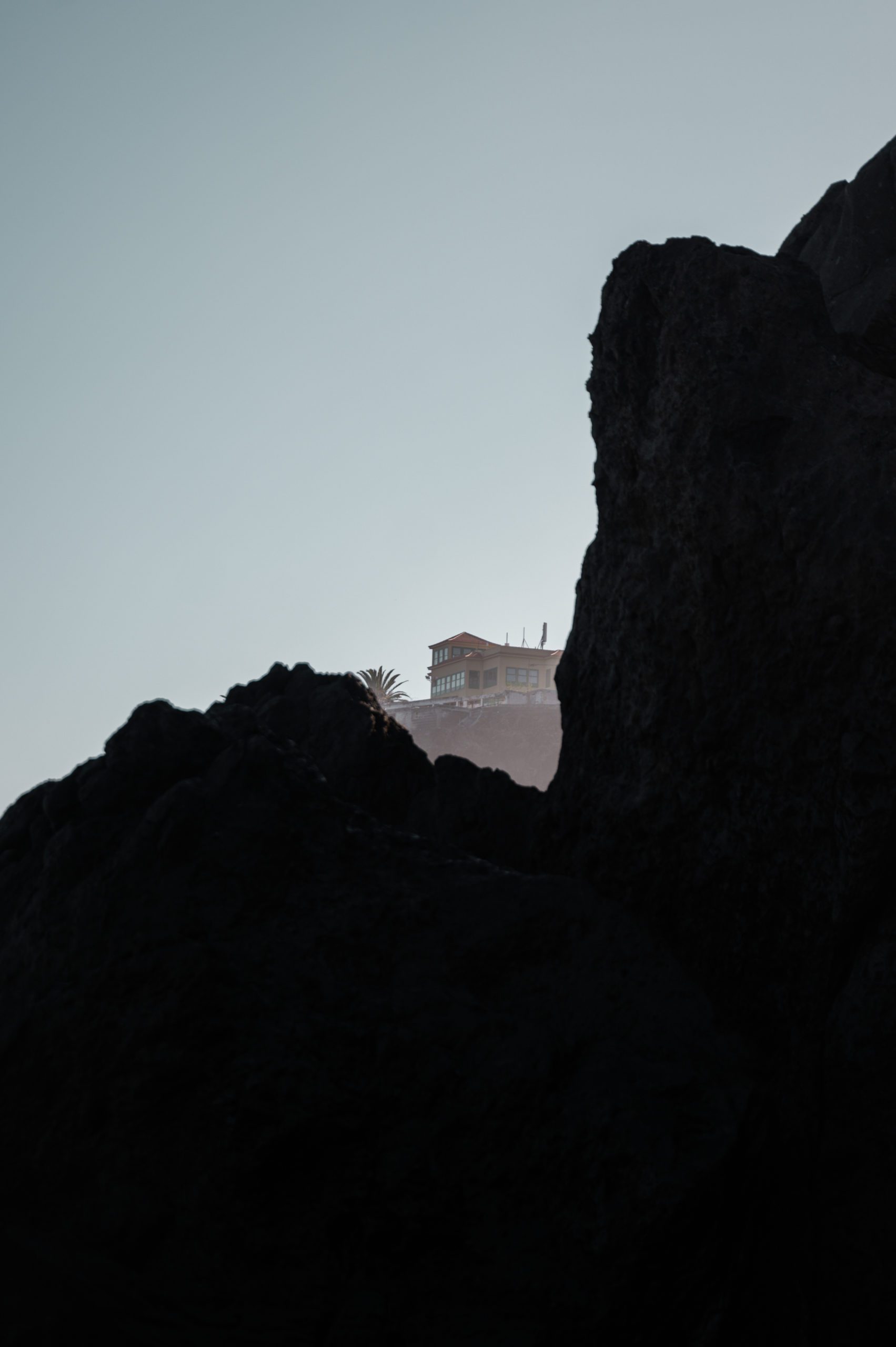
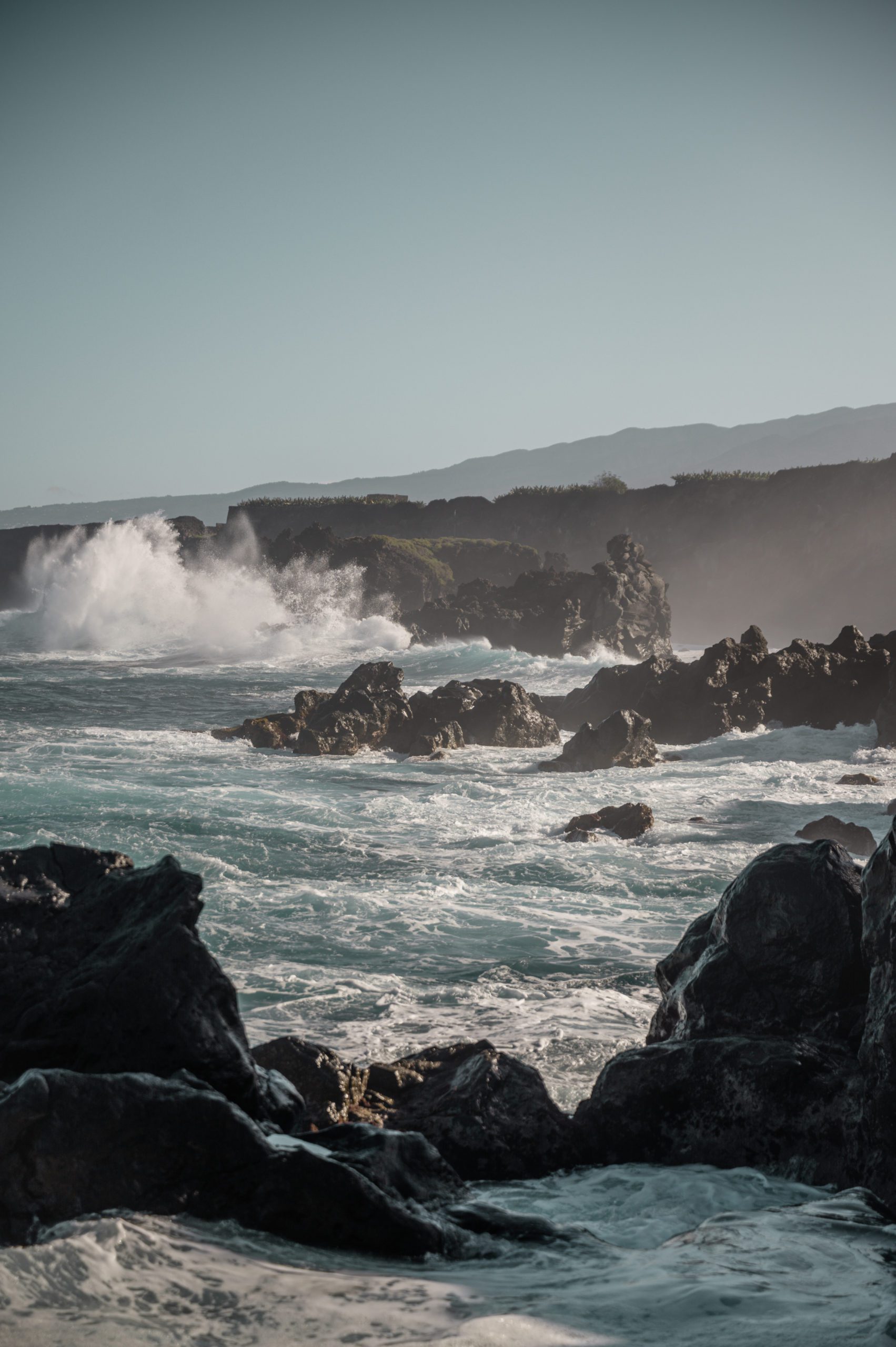



14 Carretera del Teide road
If you’re not in Tenerife for the hikes, at least take a drive along the road that cuts through Teide National Park. The road winds at over 2,000 meters above sea level, so it’s not uncommon to find yourself driving above the clouds.
You won’t regret doing this drive in the late afternoon when the sun is low. Sunsets here are epic too, as the summit of Teide—where the sunlight lingers the longest—turns a deep shade of red.









15 Garachico
Garachico is a small coastal town that’s perfect for a quick stop and a stroll. It has a charming historic center with a picturesque square and even more stunning cliffs at Roque de Garachico, which feature another charco (natural pool). I definitely recommend taking a walk along the promenade right next to the sea. Parking here can be a bit tricky, so I suggest using the larger parking lot by the coast.
And there’s another highlight nearby! Just outside Garachico, you’ll find the Drago de Icod de los Vinos, the oldest and largest dragon tree in the world!












16 Teide Observatory
Not far from Teide, you’ll find an impressive astronomical observatory. Located at an altitude of 2,400 meters, the air quality here provides excellent conditions for observing the Sun and other celestial phenomena. Unfortunately, you can’t drive directly to the observatory as all roads leading to it are gated. However, you can book a guided tour to explore it up close.
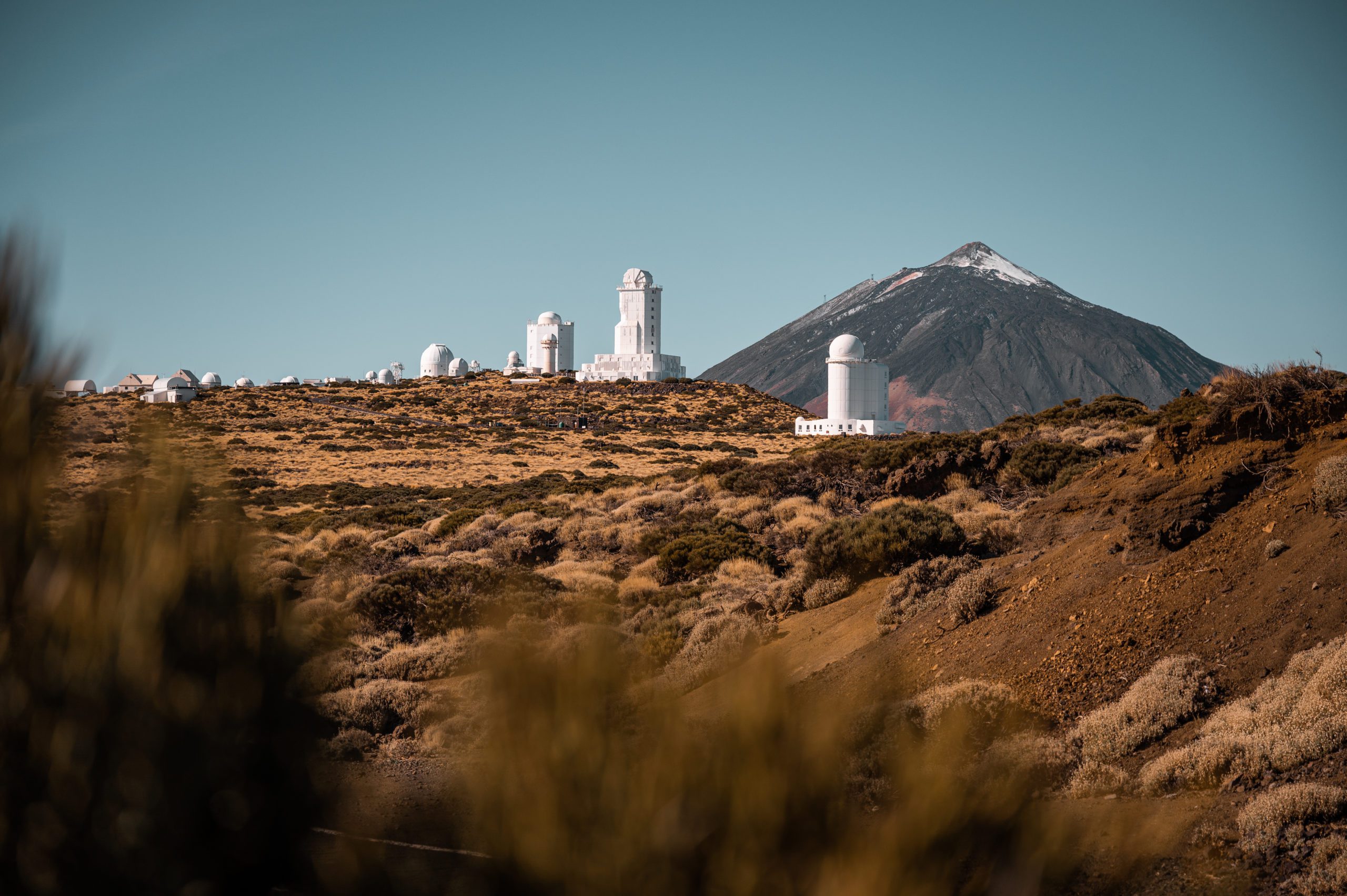



17 Playa de las Teresitas
Playa de las Teresitas was actually the only beach we visited in Tenerife. We managed to relax there for about an hour before packing up and heading back to the mountains. I can’t compare it to other beaches, but this one was really nice—plenty of space and not many people (though I imagine it’s a different story in the summer).




18 El Rayo Buenavista Del Norte
El Rayo (Spanish for “ray”) is essentially a massive hole in the ground where ocean waves crash in from one side. To be honest, the hole itself didn’t impress us much, but we were blown away by the stunning modern lighthouse nearby, which offers incredible views of Teide. The cliffs, where giant waves smash against the rocks, are equally breathtaking.
You can drive right up to the lighthouse, and from there, El Rayo is about a 500-meter walk along the coastline.





19 Los Gigantes
Maybe we were spoiled by the mountains, but I’m only including this last spot to say that, in my opinion, Los Gigantes isn’t worth visiting. It was the only place on Tenerife that left us both disappointed. That said, if you happen to be passing by, stop at this viewpoint for a decent view of the cliffs. For a closer look, you can head to Playa de los Guios.


20 We the North Coffee in Santa Cruz de Tenerife
To wrap things up, here’s a tip for a great café. Finding a good cappuccino like the ones we’re used to in the Czech Republic can be quite a challenge on Tenerife. I highly recommend We the North Coffee, where they serve high-quality coffee beans from around the world and hand-steam the milk. You’ll find it in the capital, Santa Cruz de Tenerife.



If Tenerife captivates you as much as they did me, make sure to check out my article on Madeira or one of my Hawaii pieces—you’ll see the similarities for yourself! 😊

